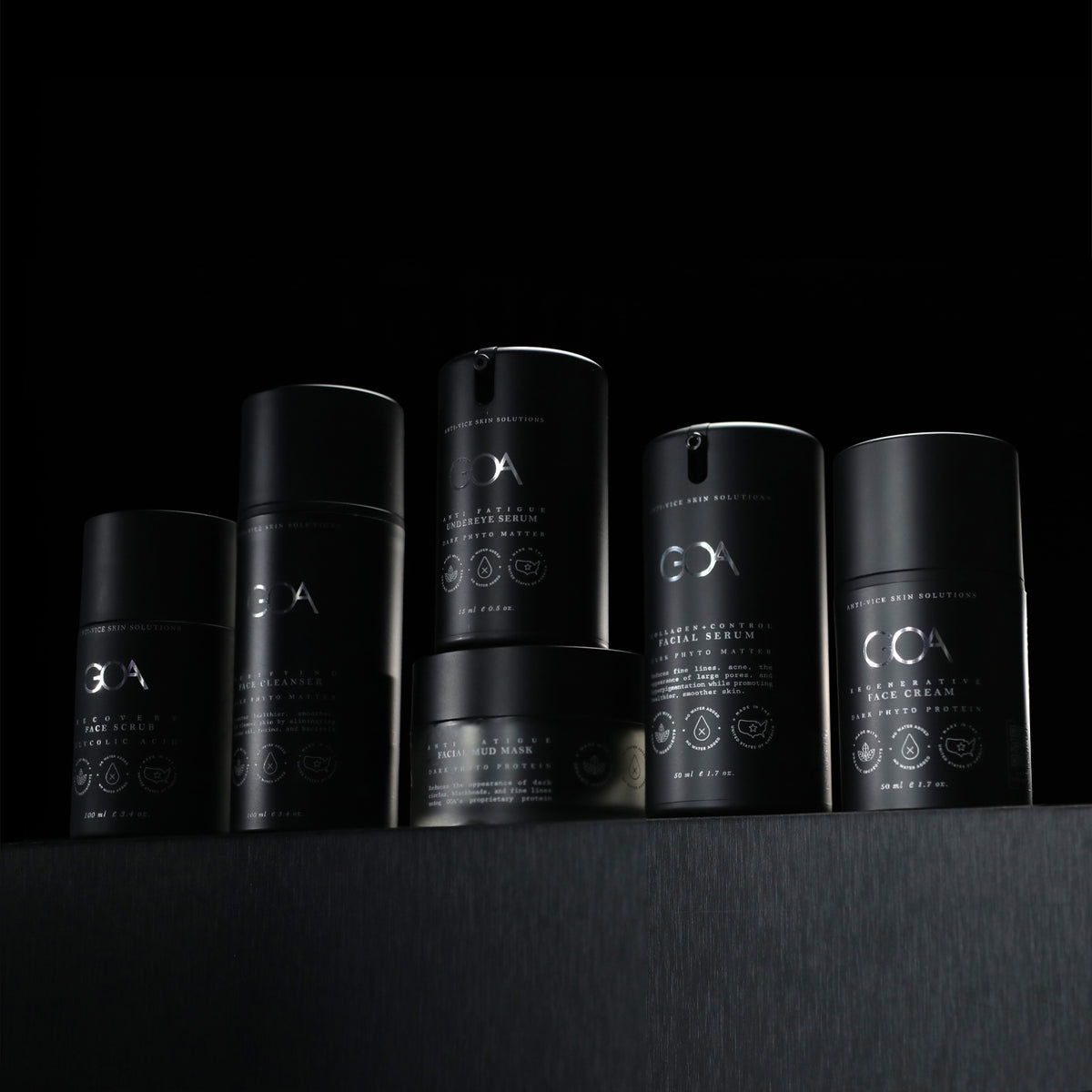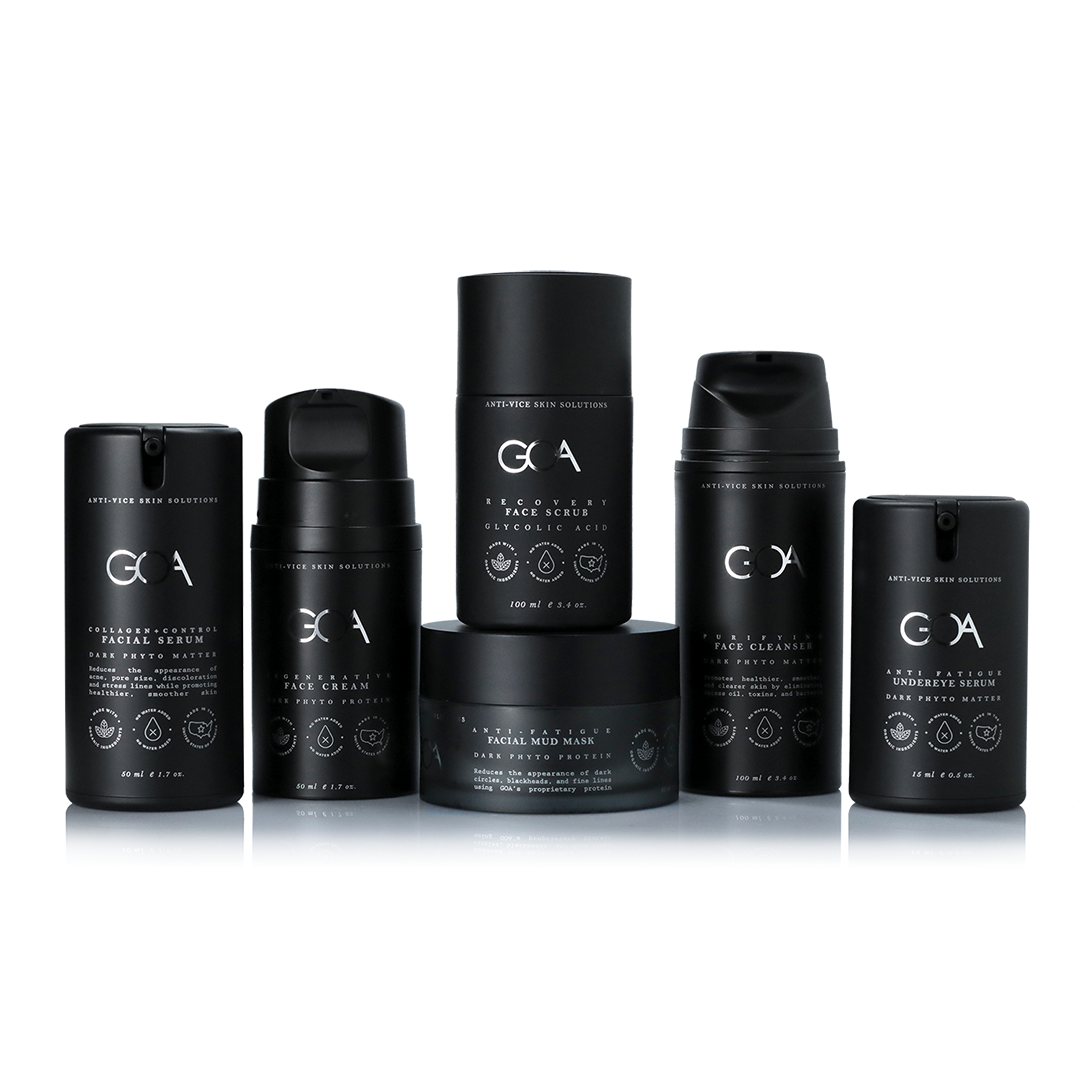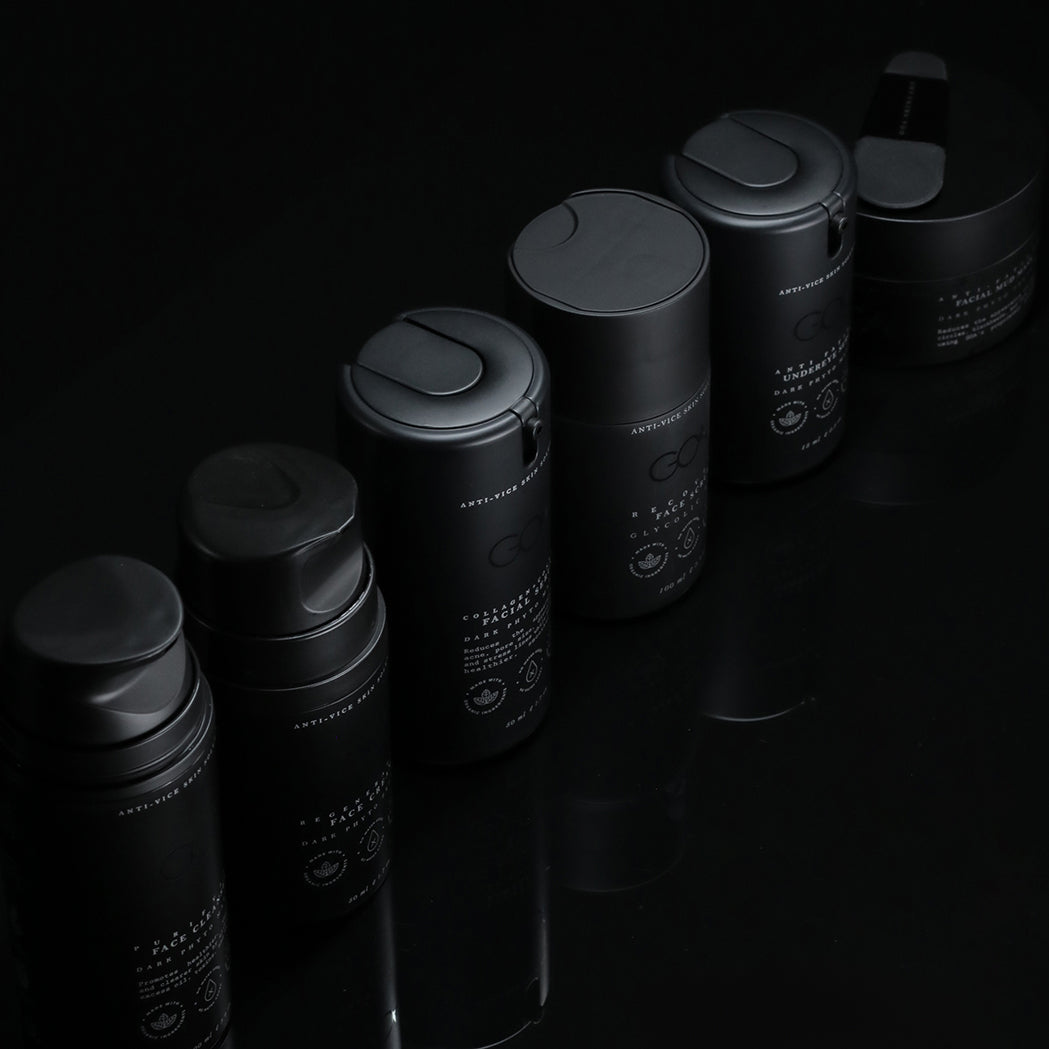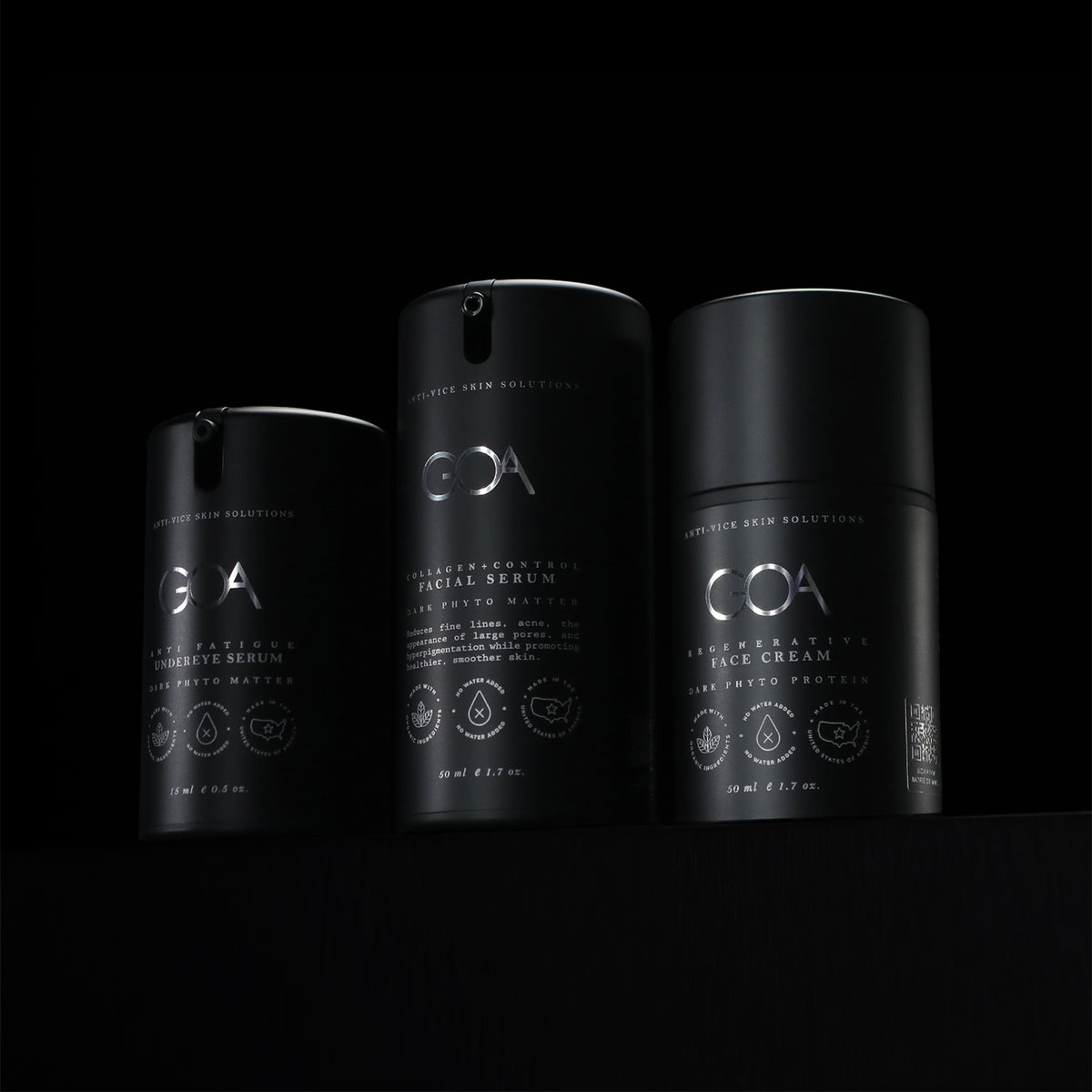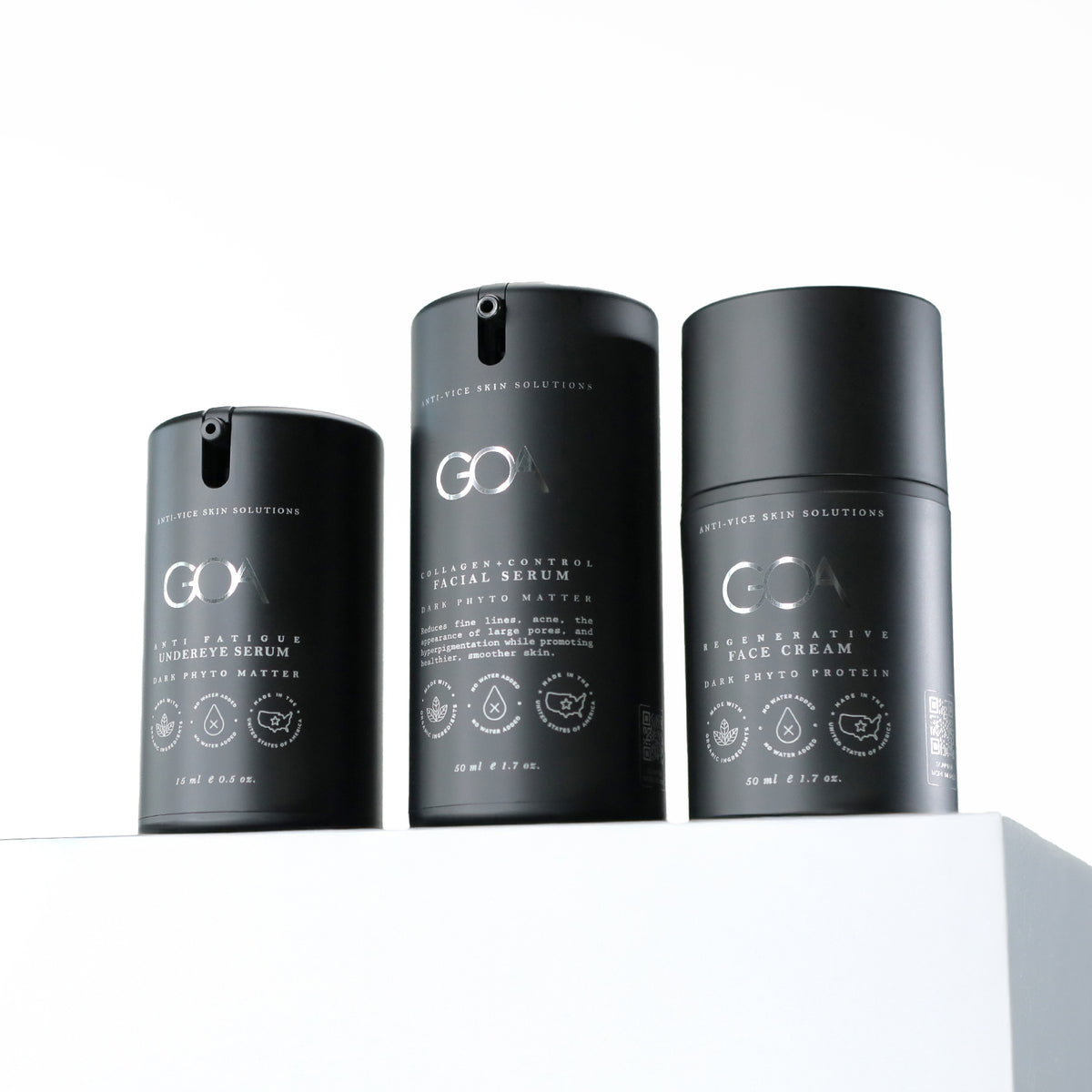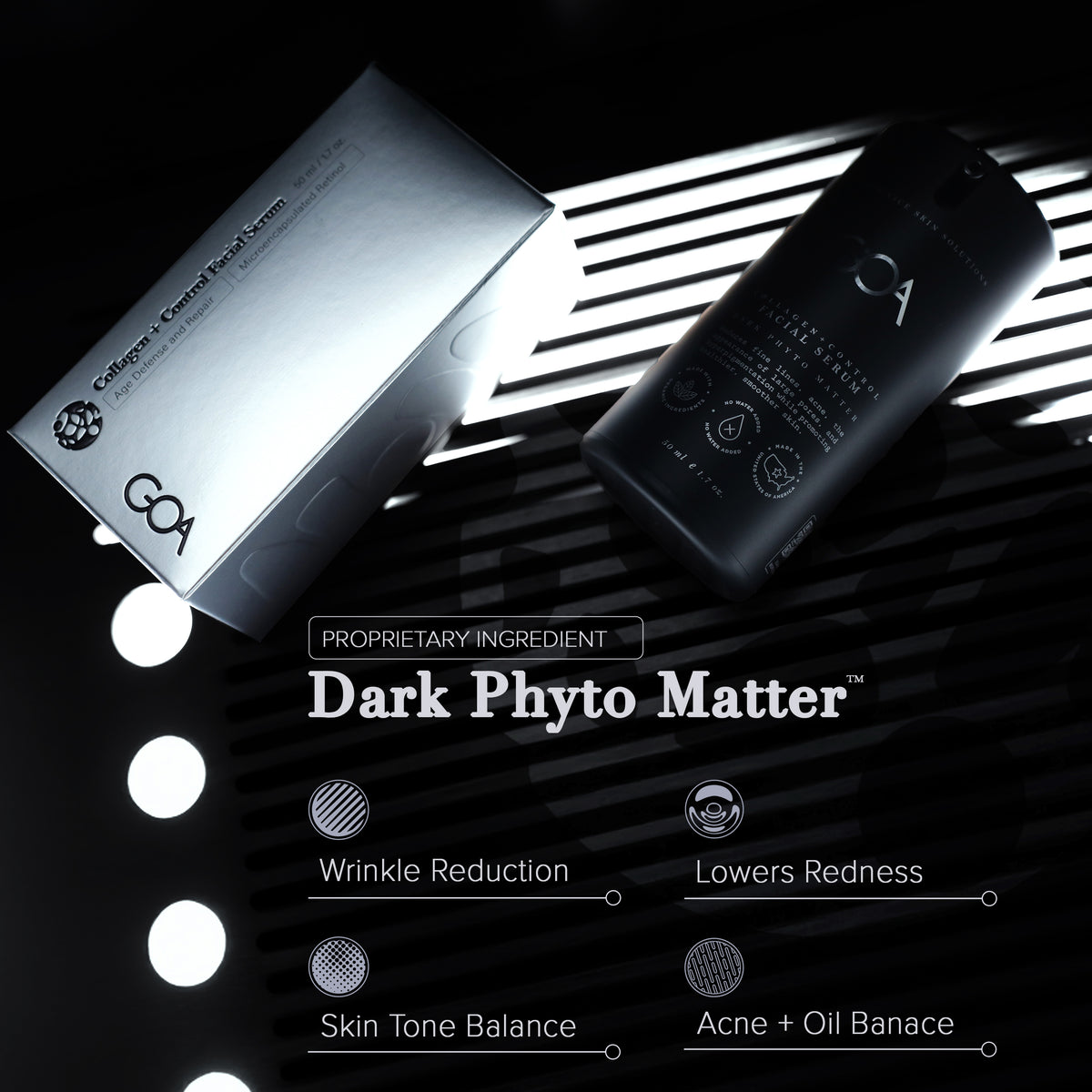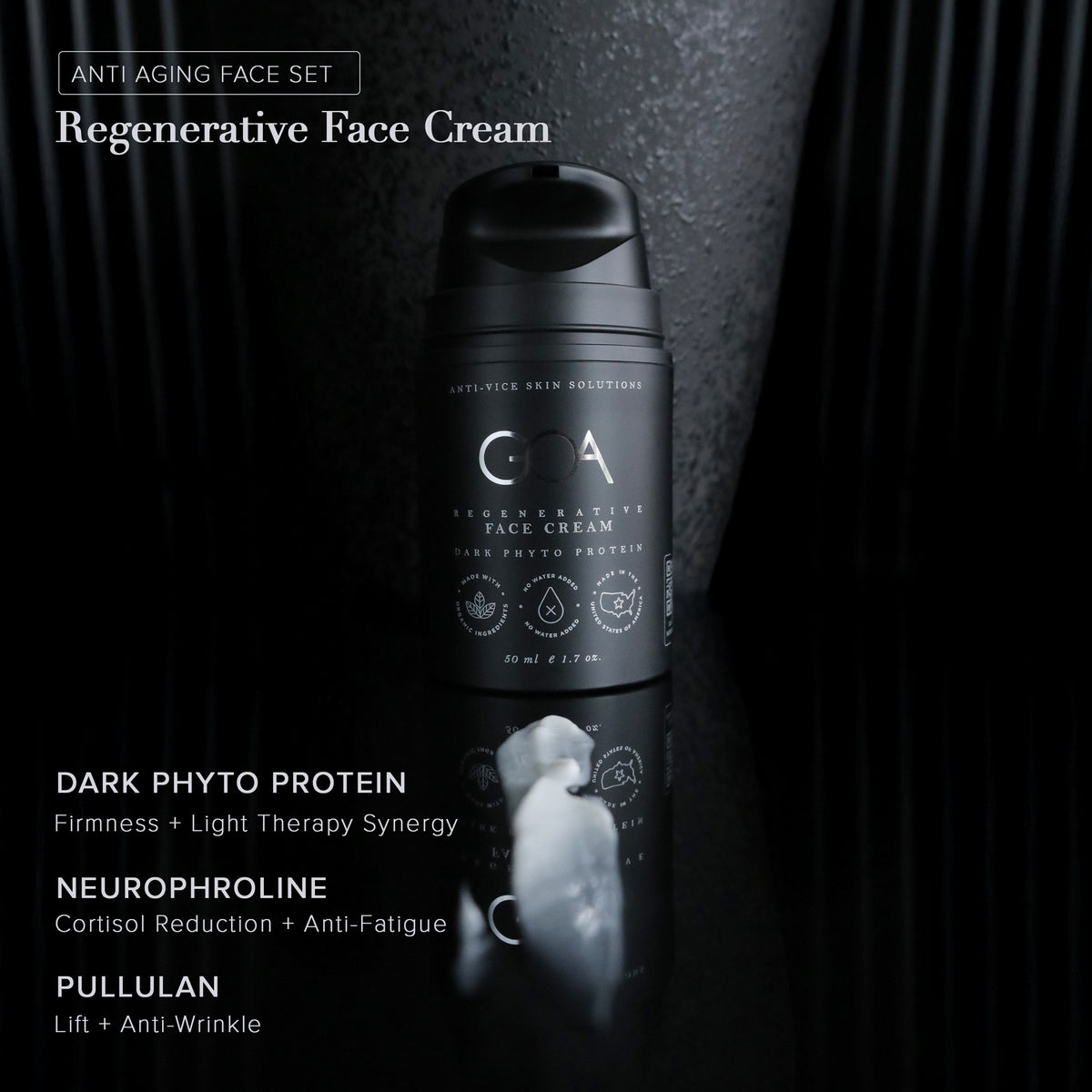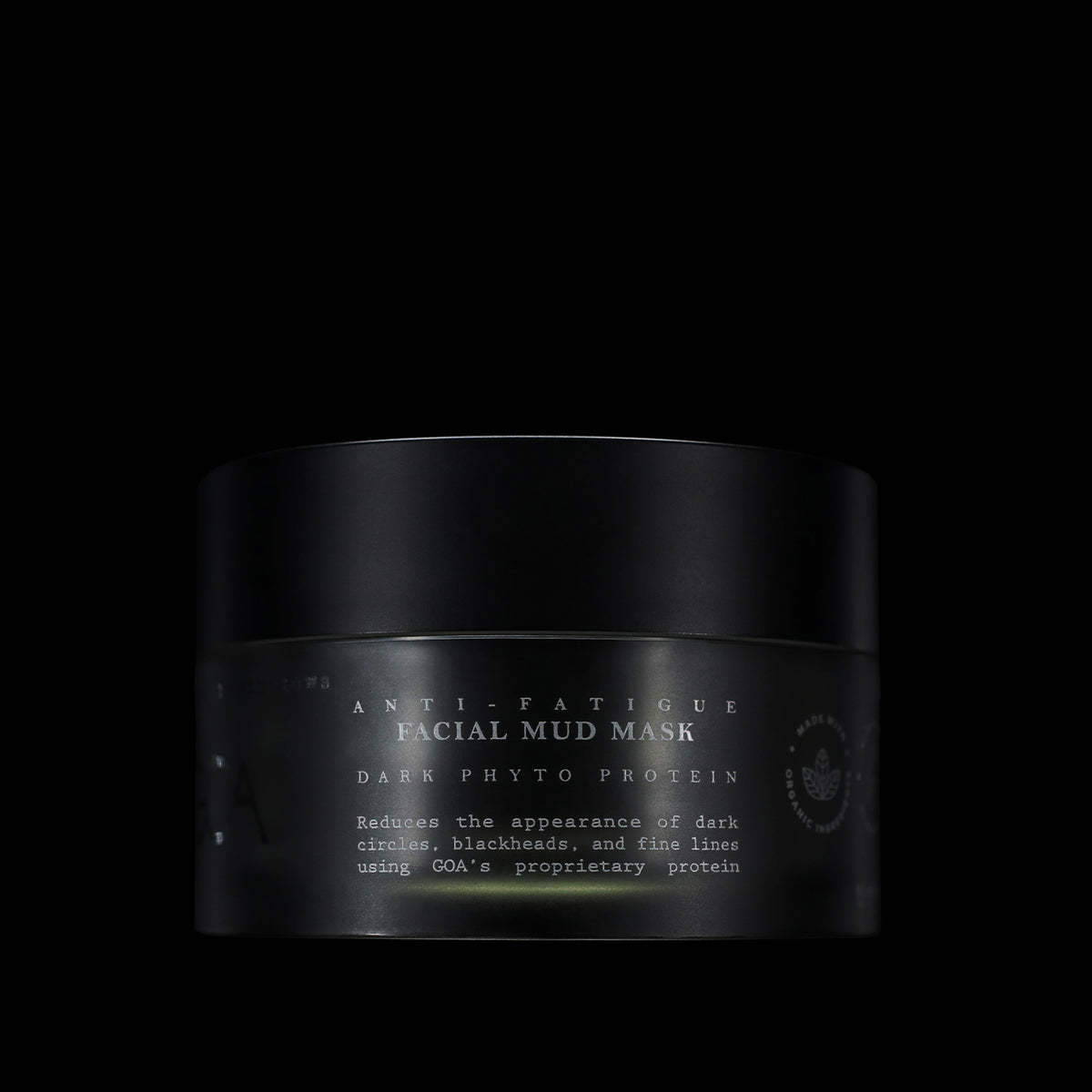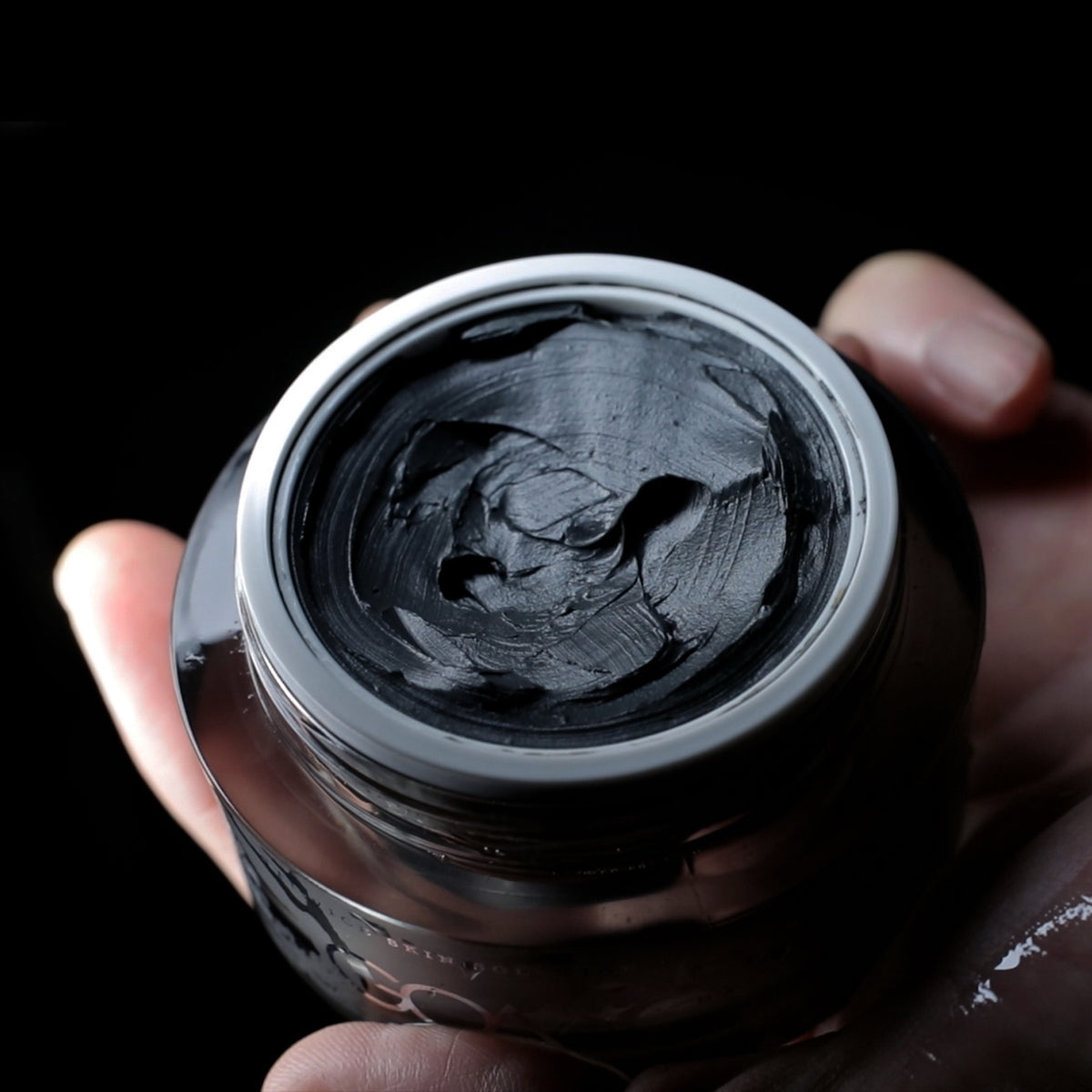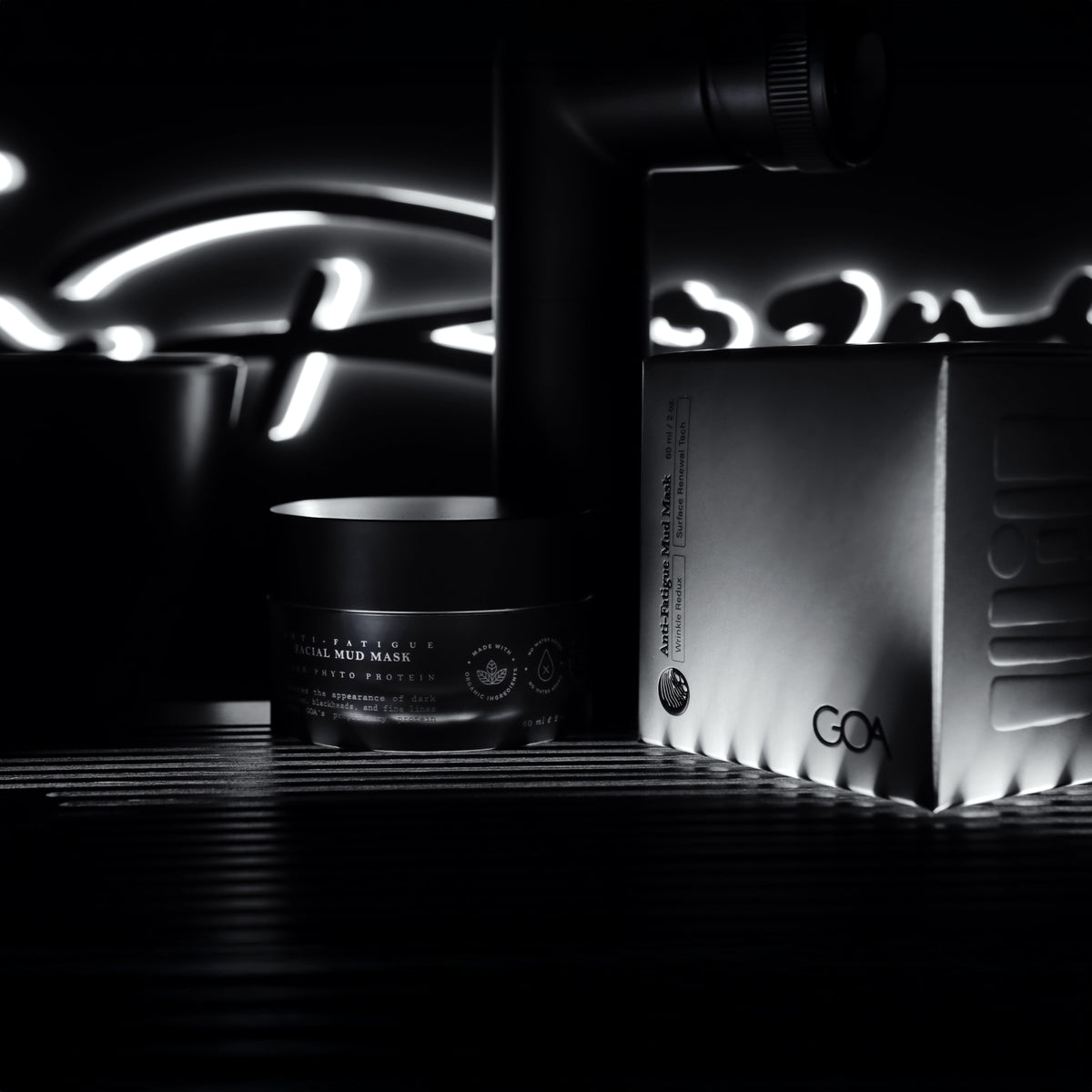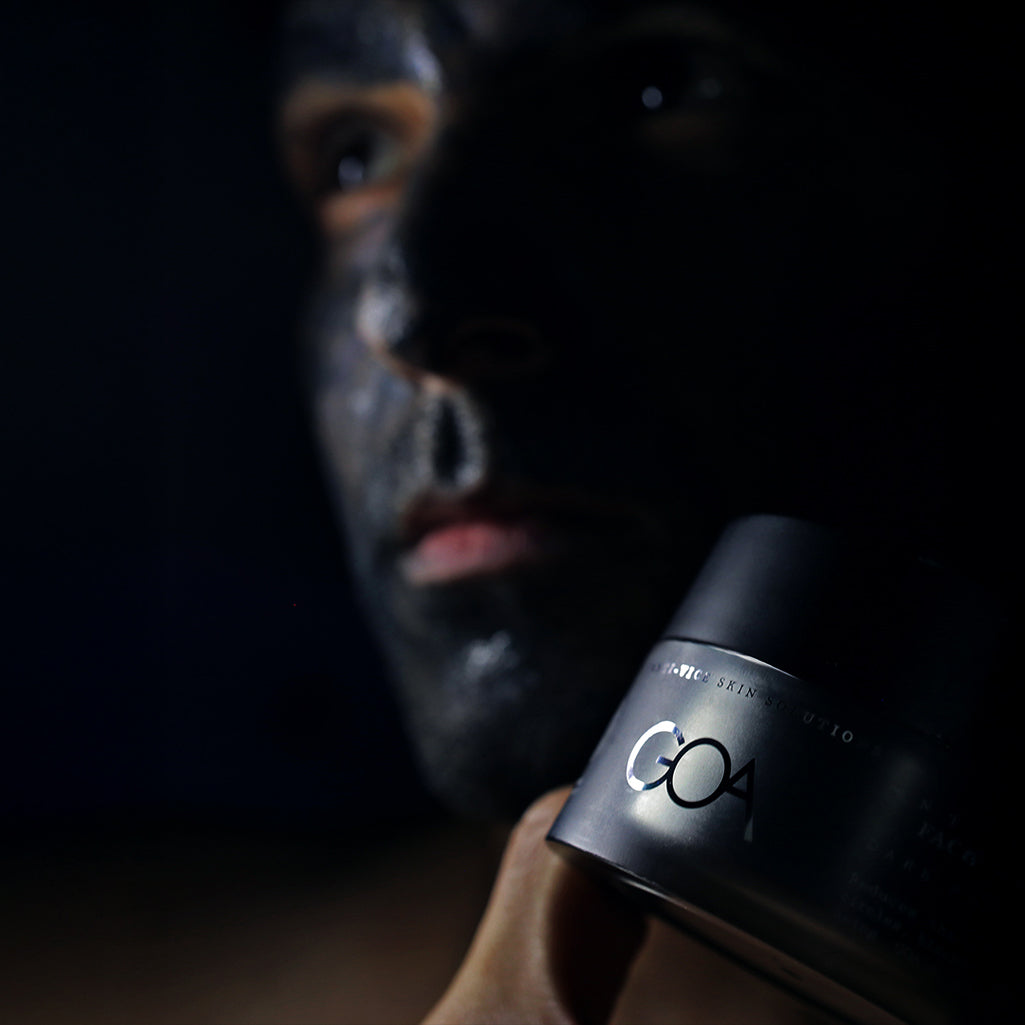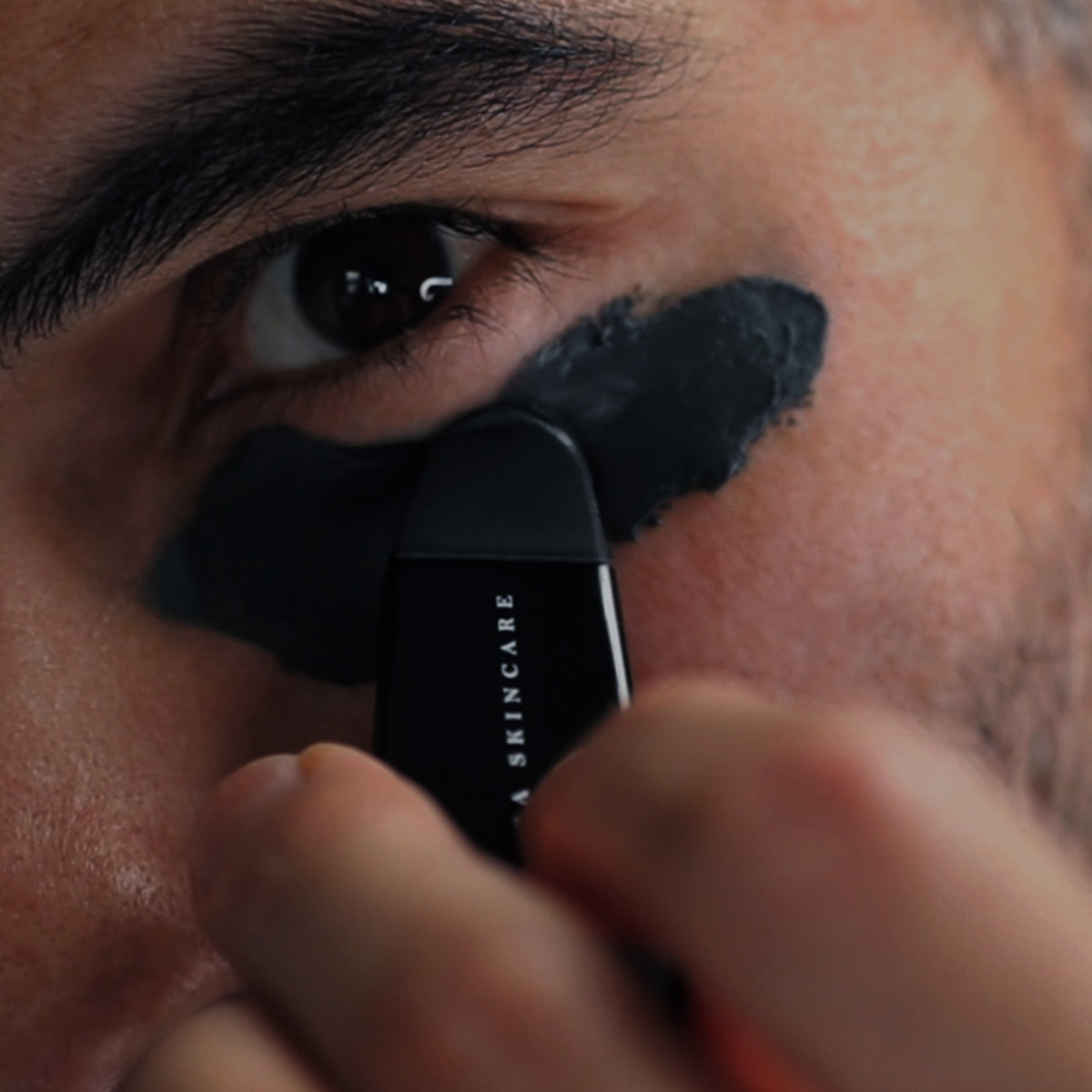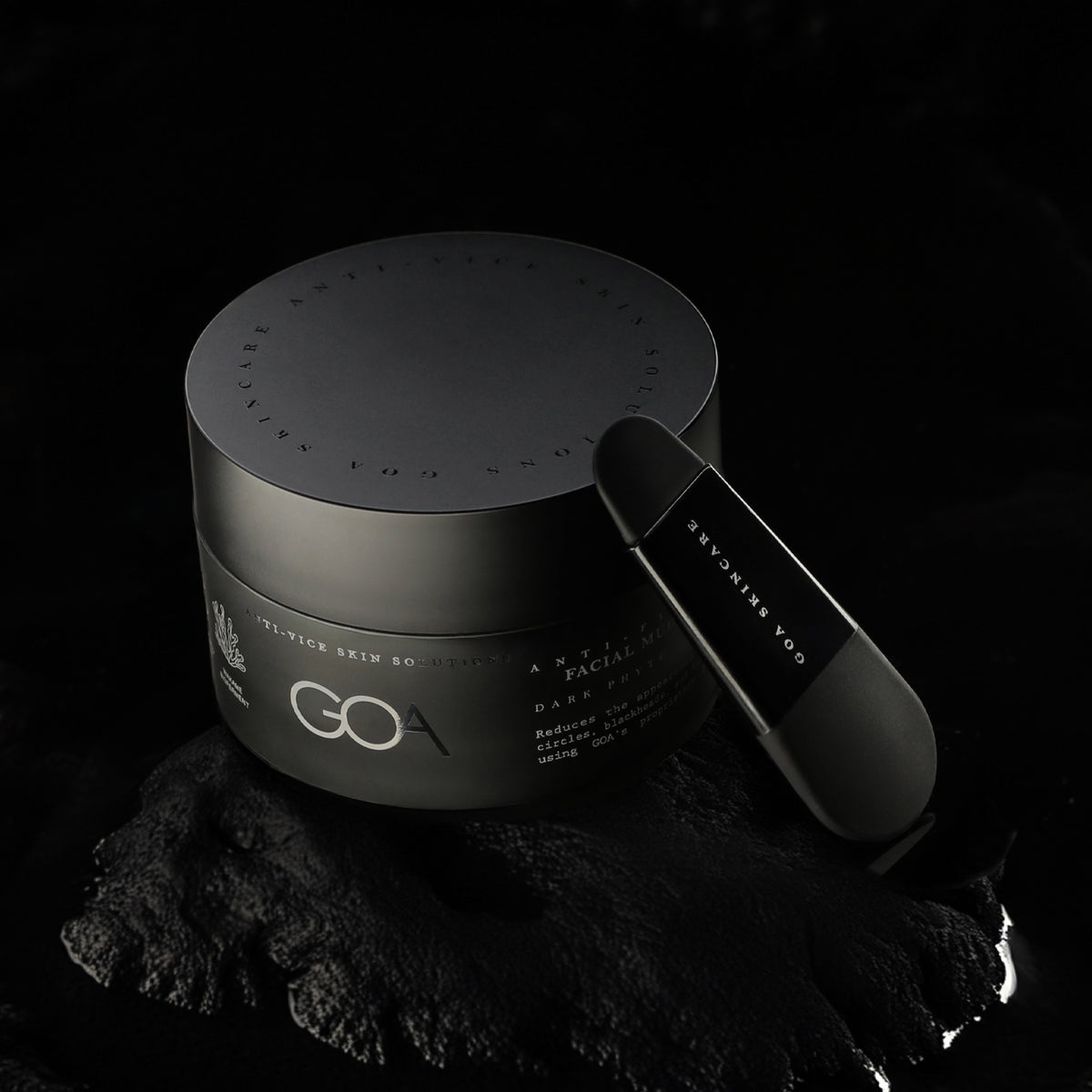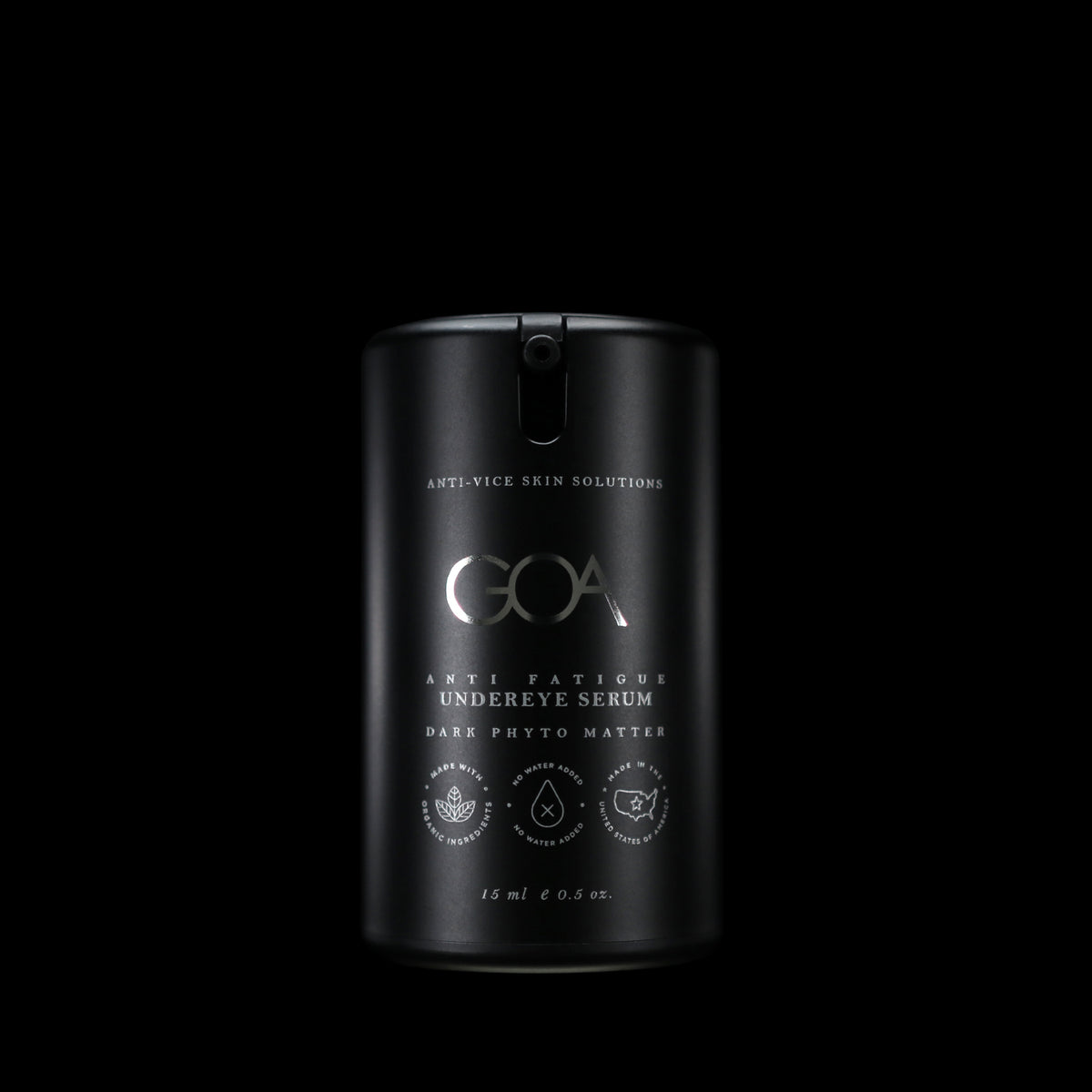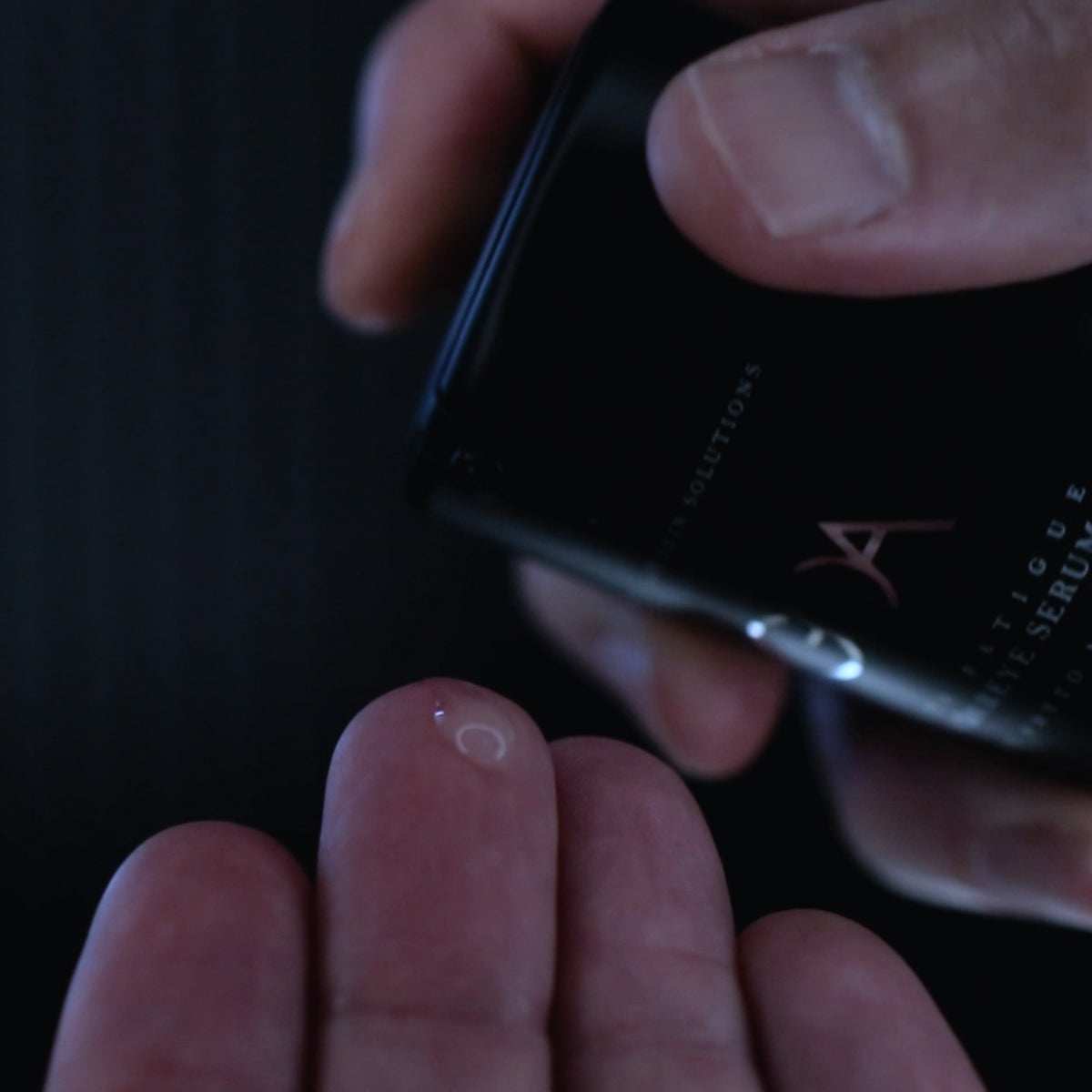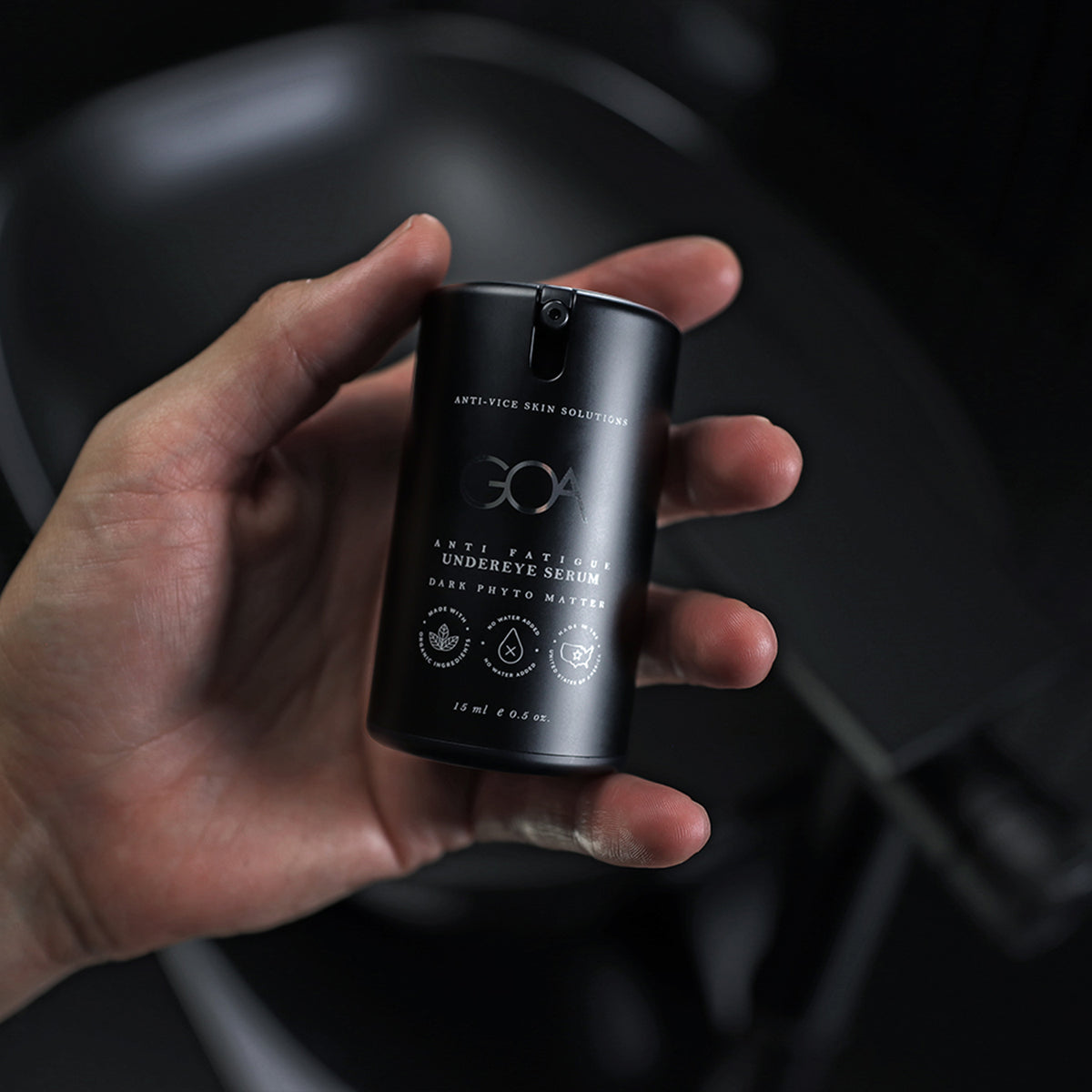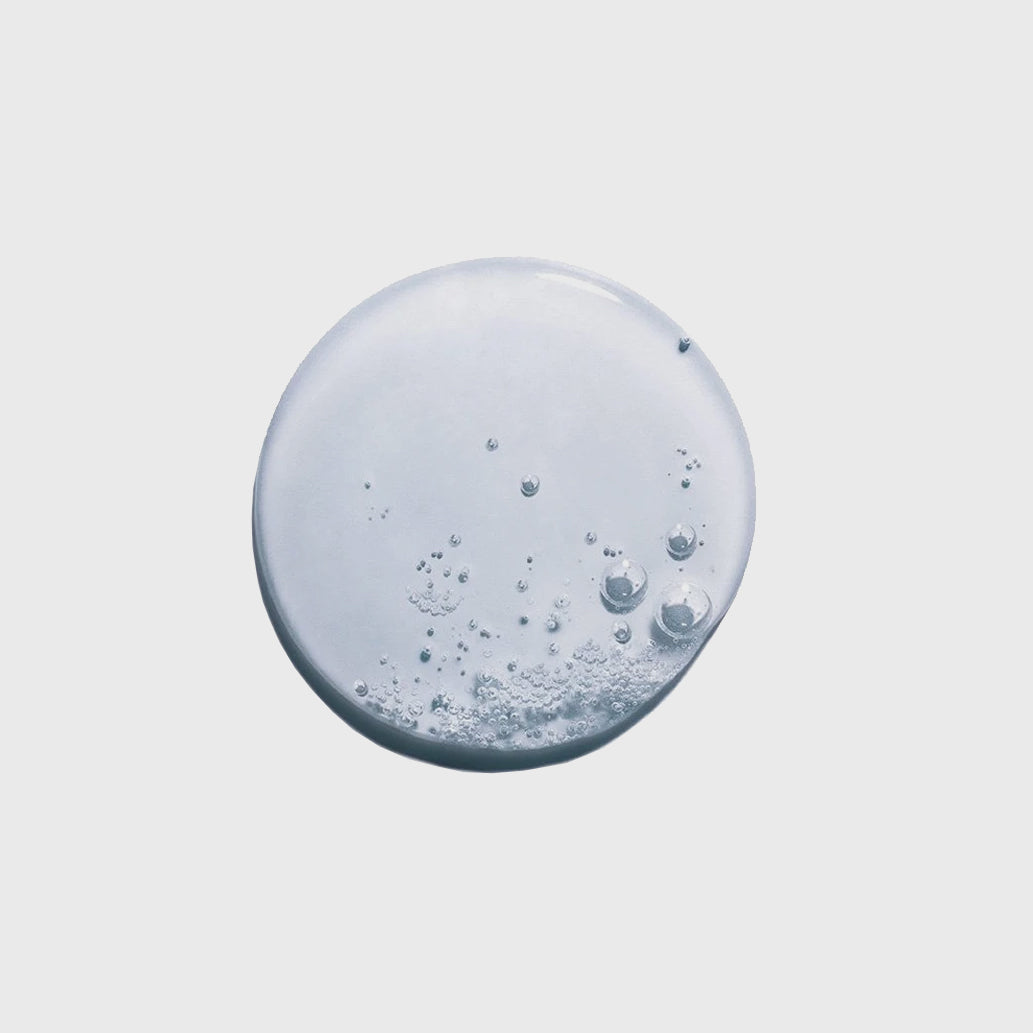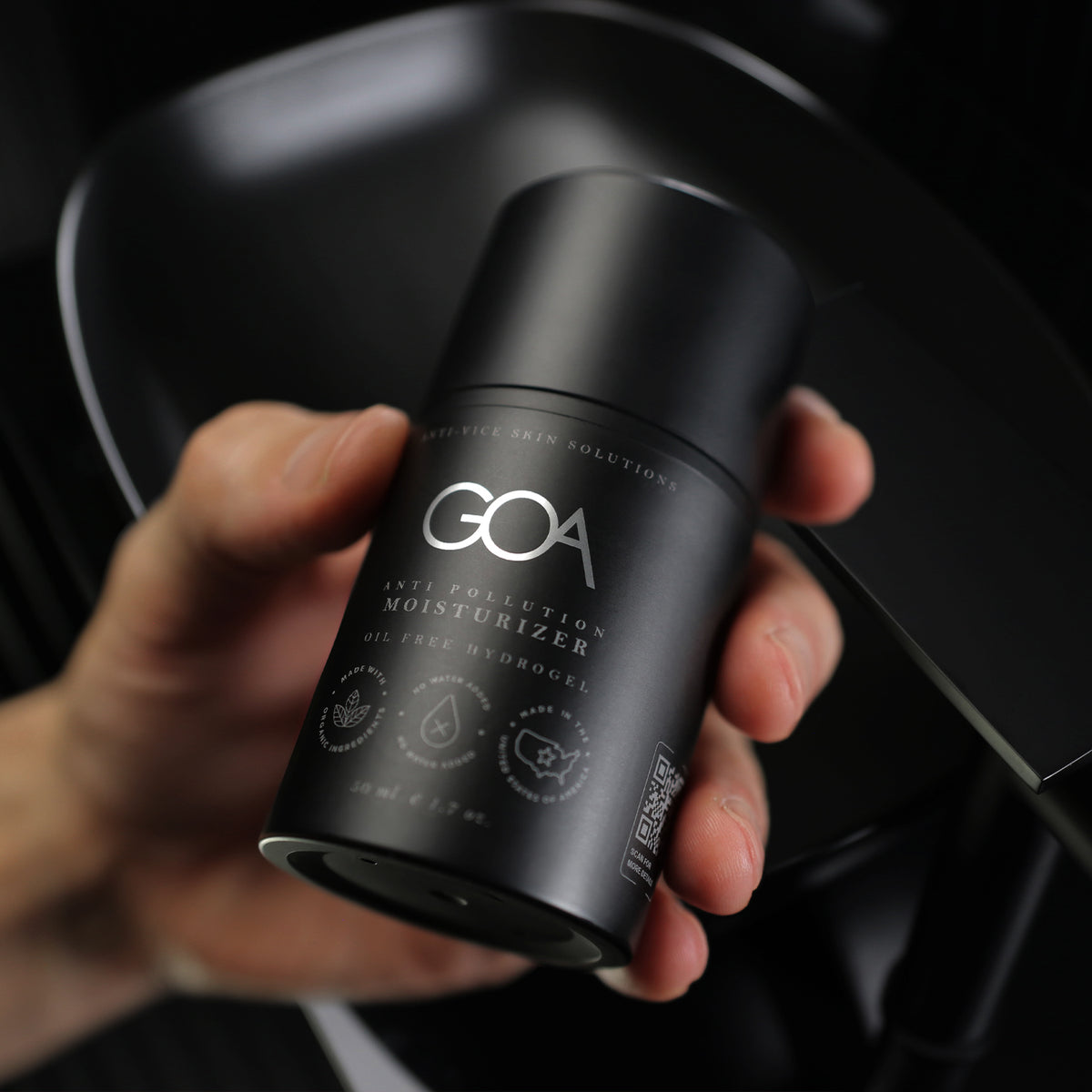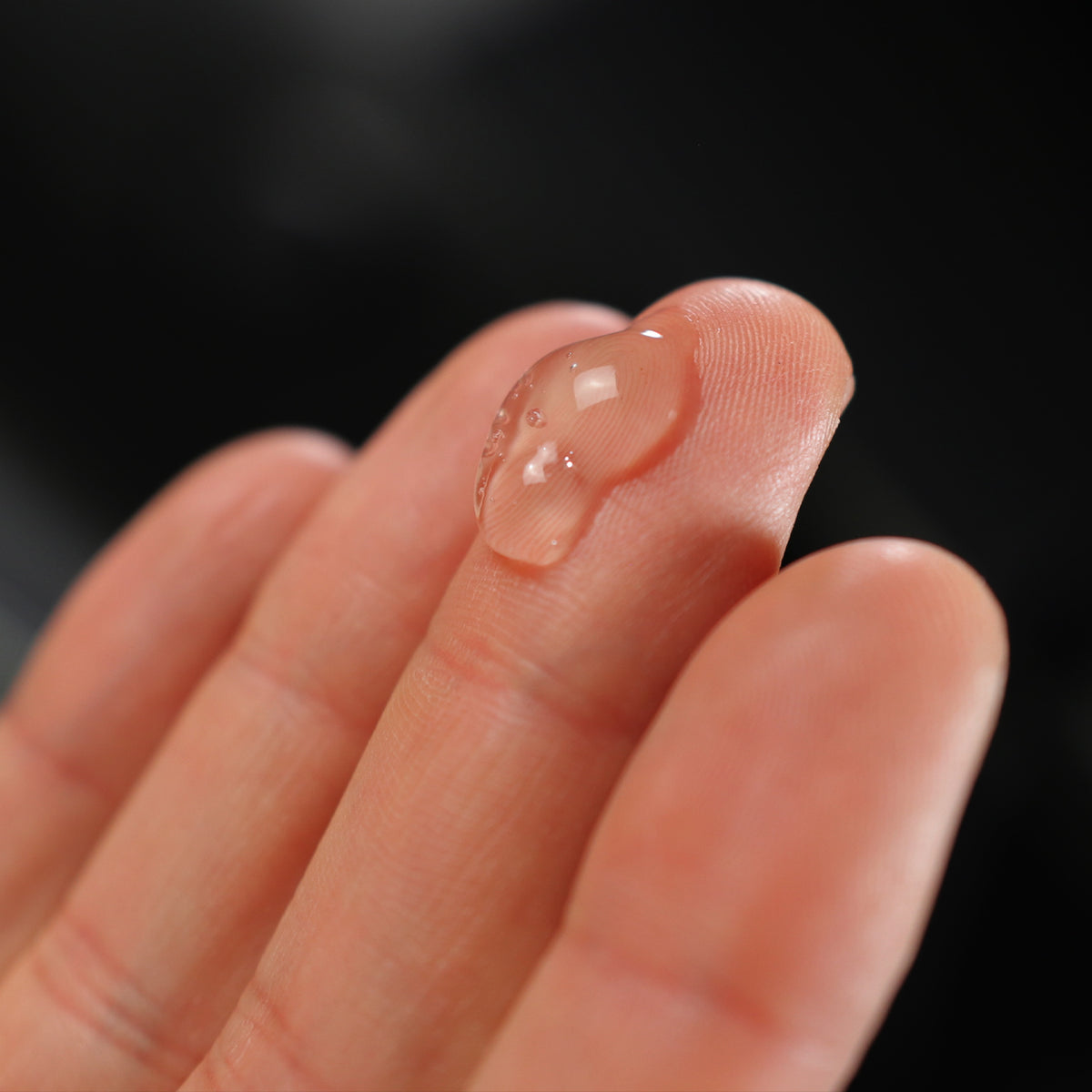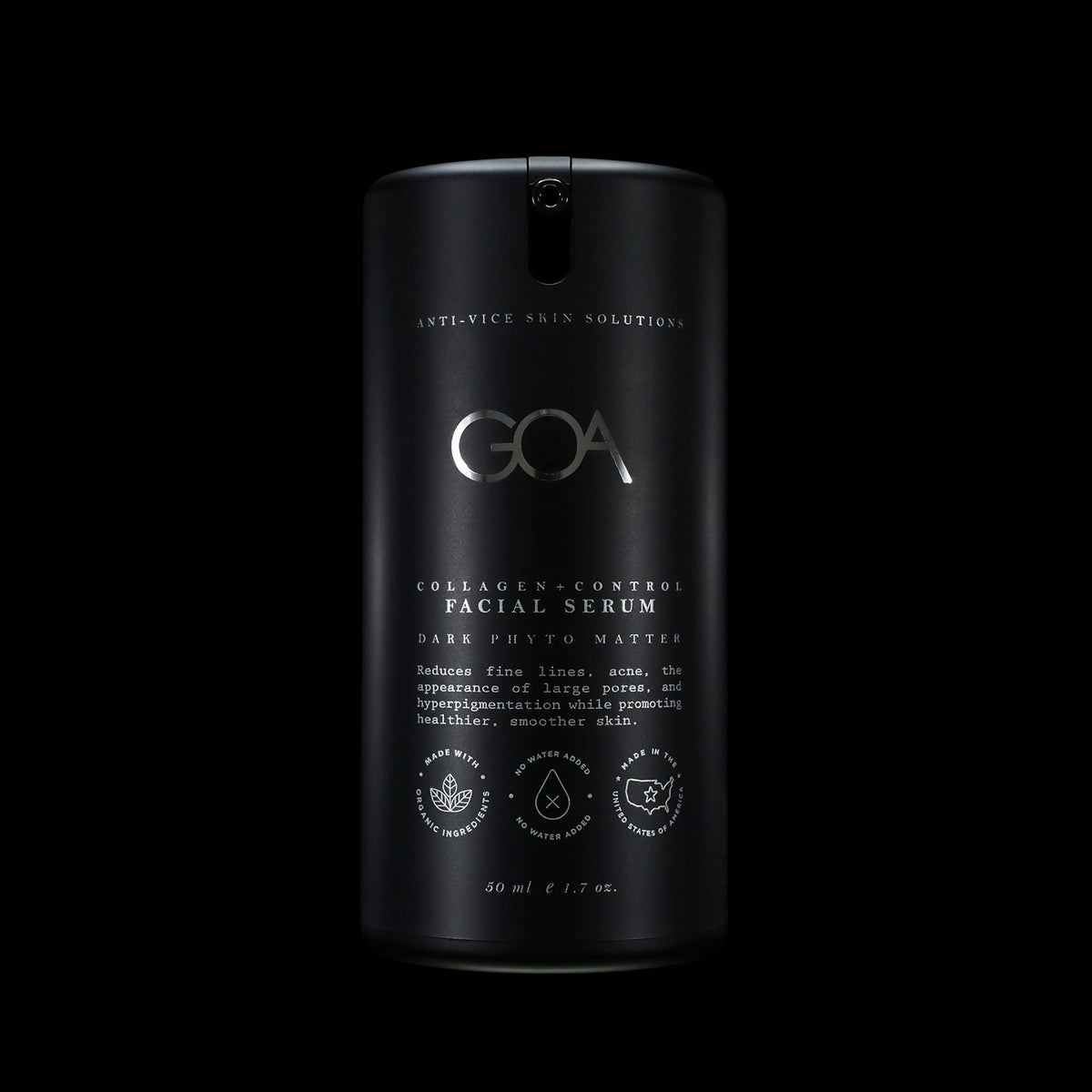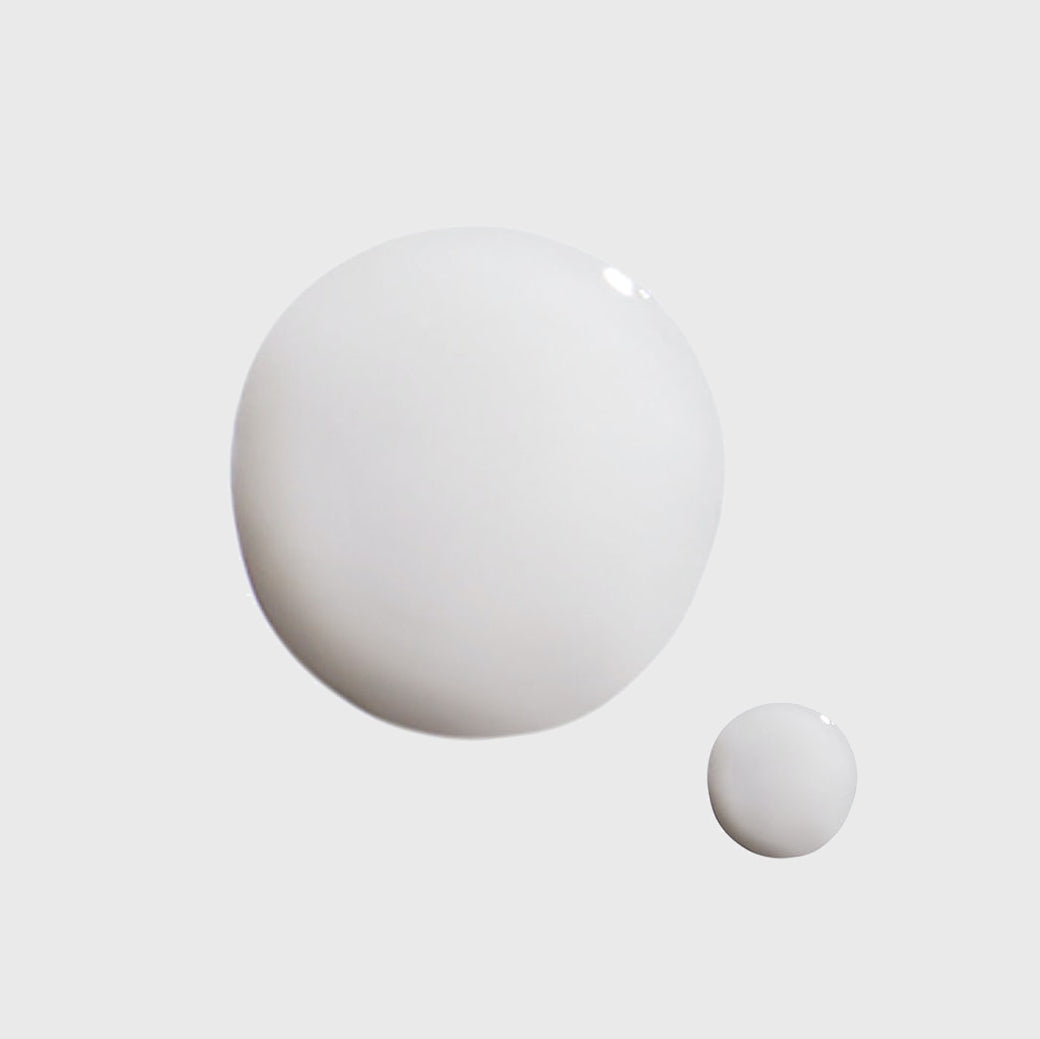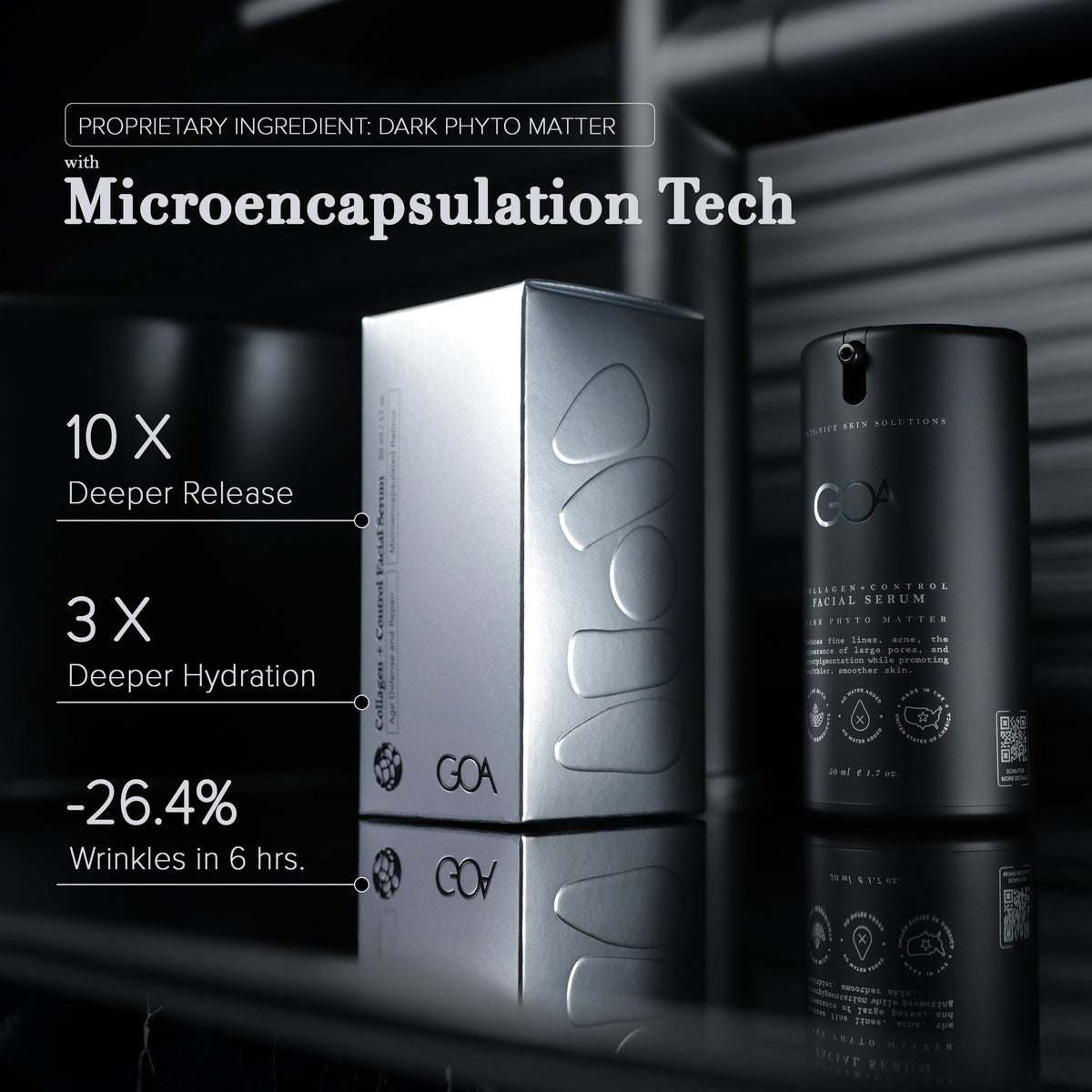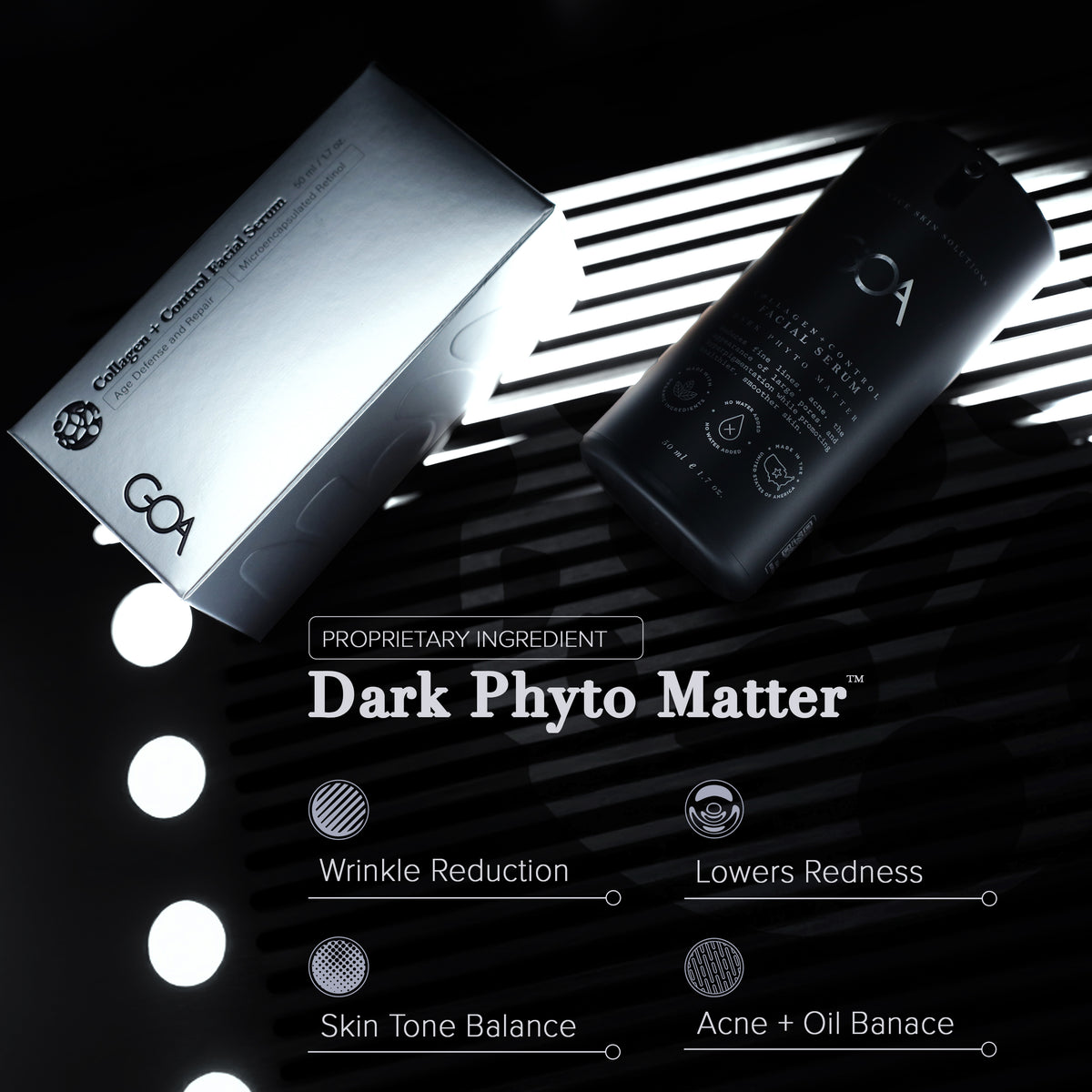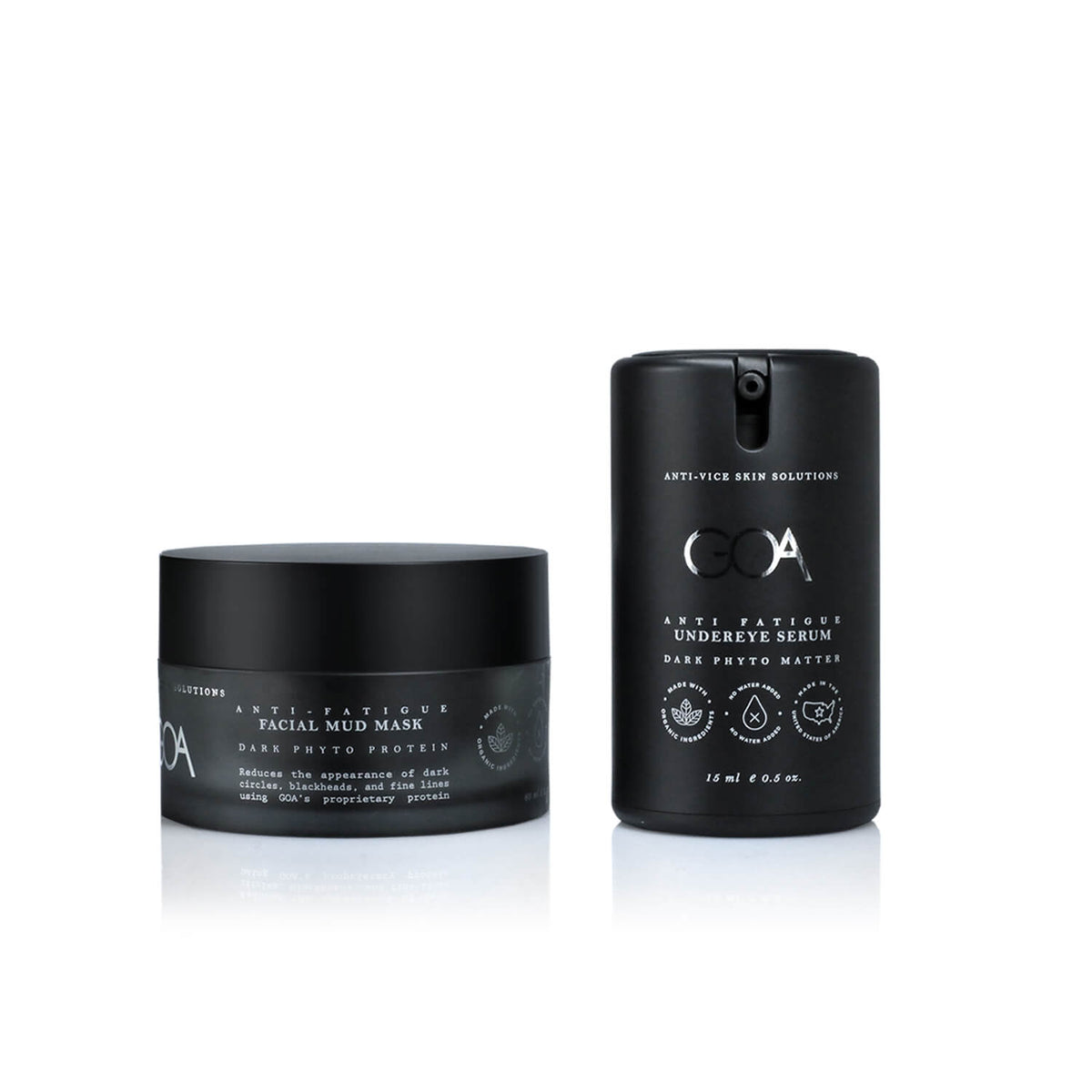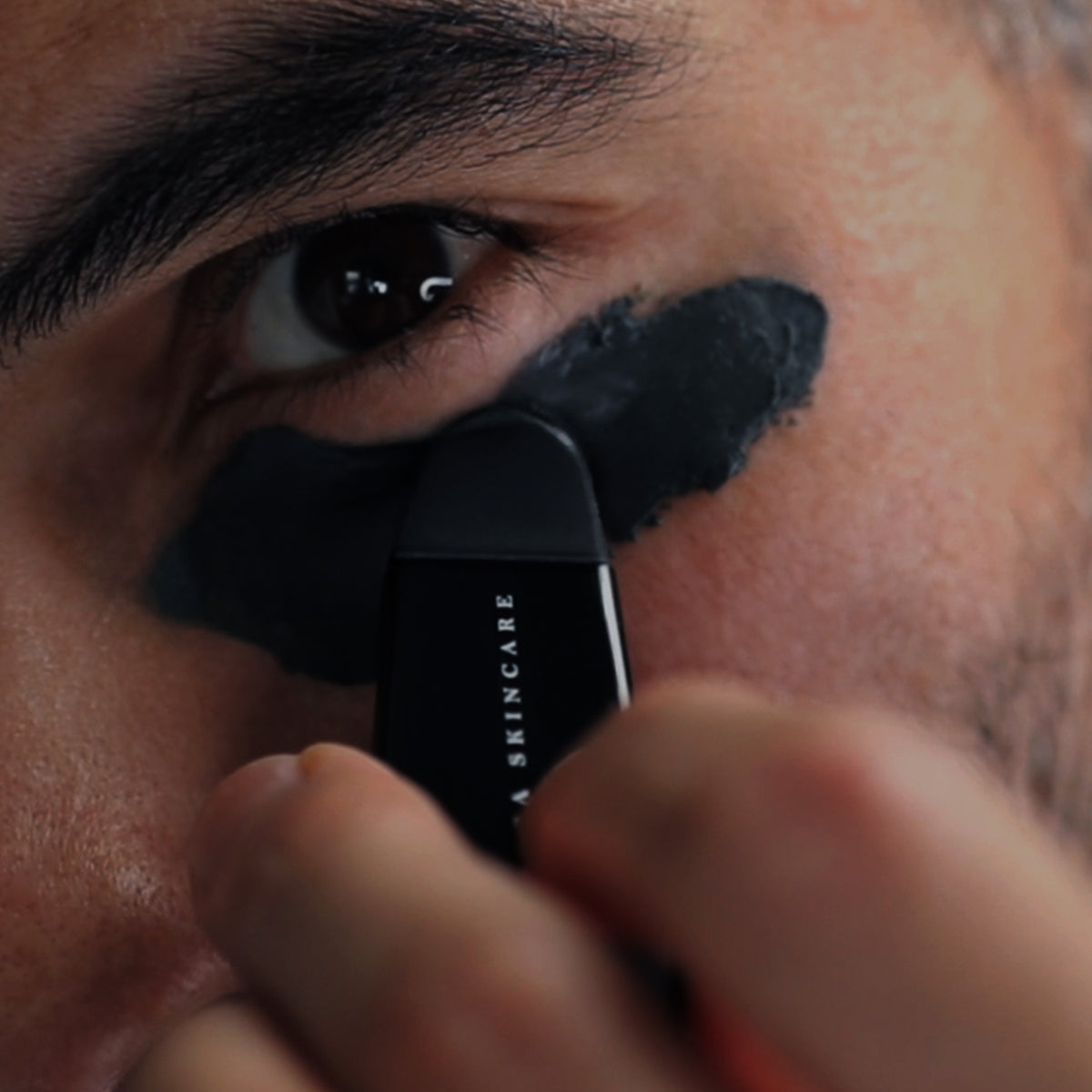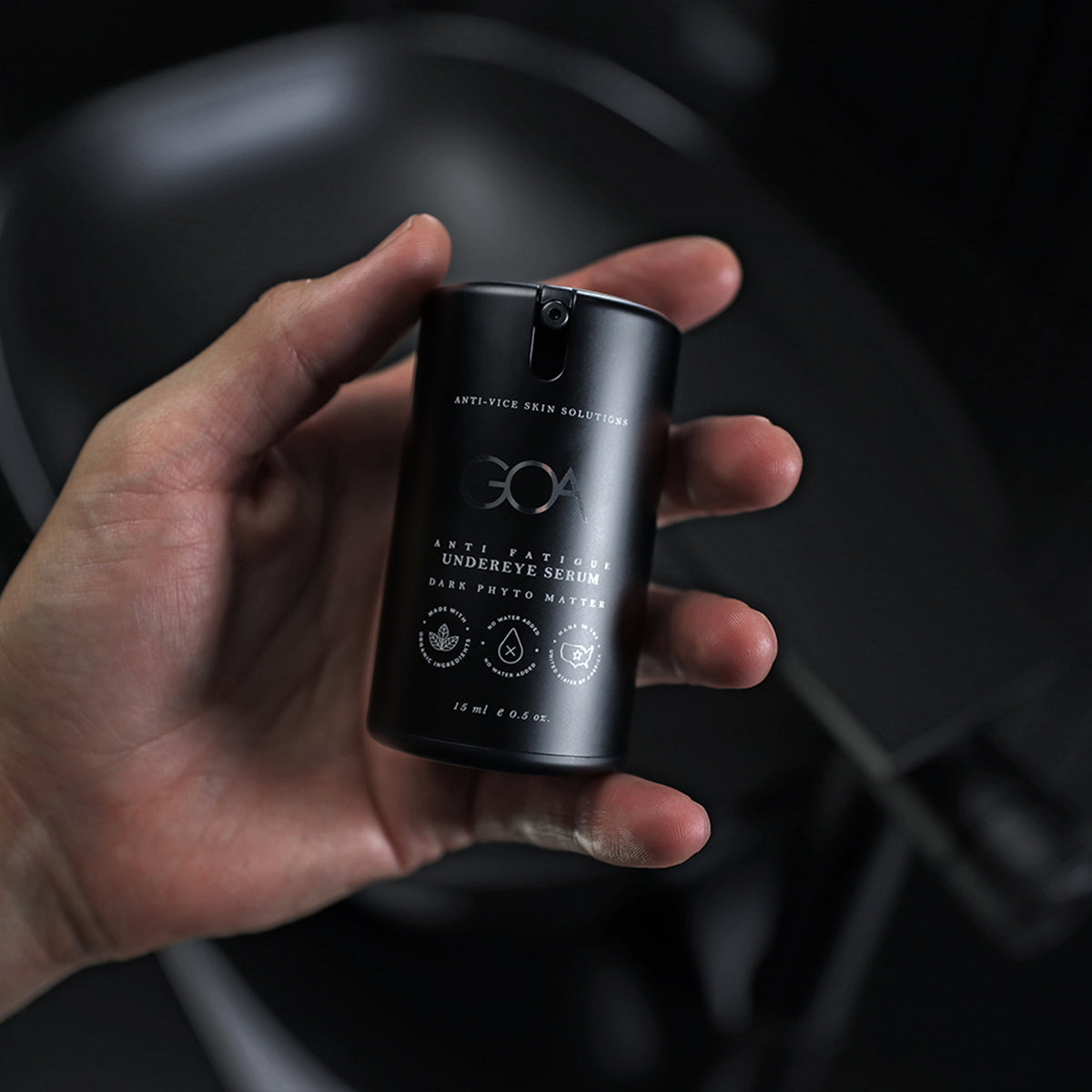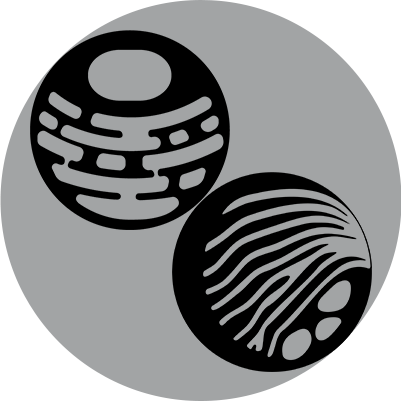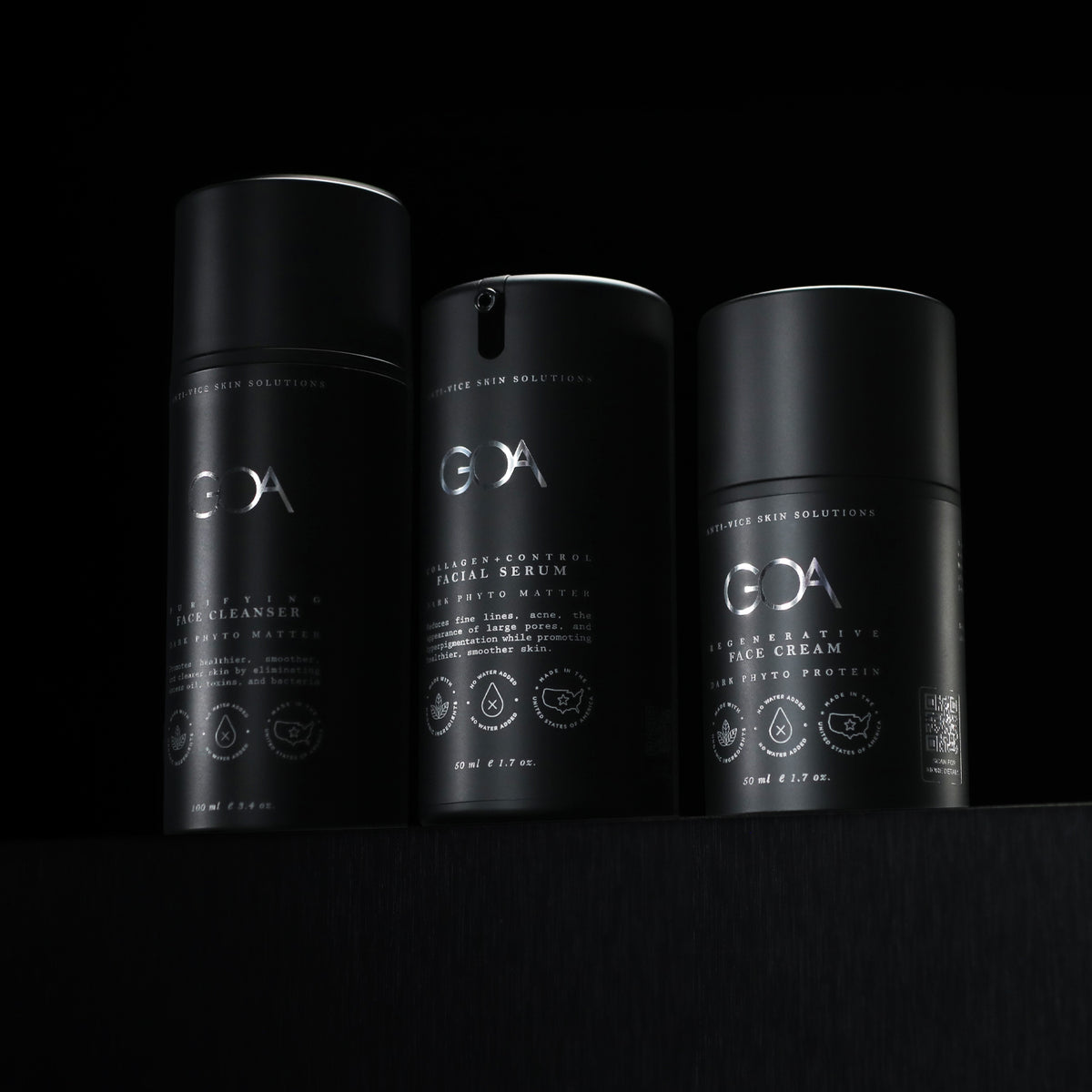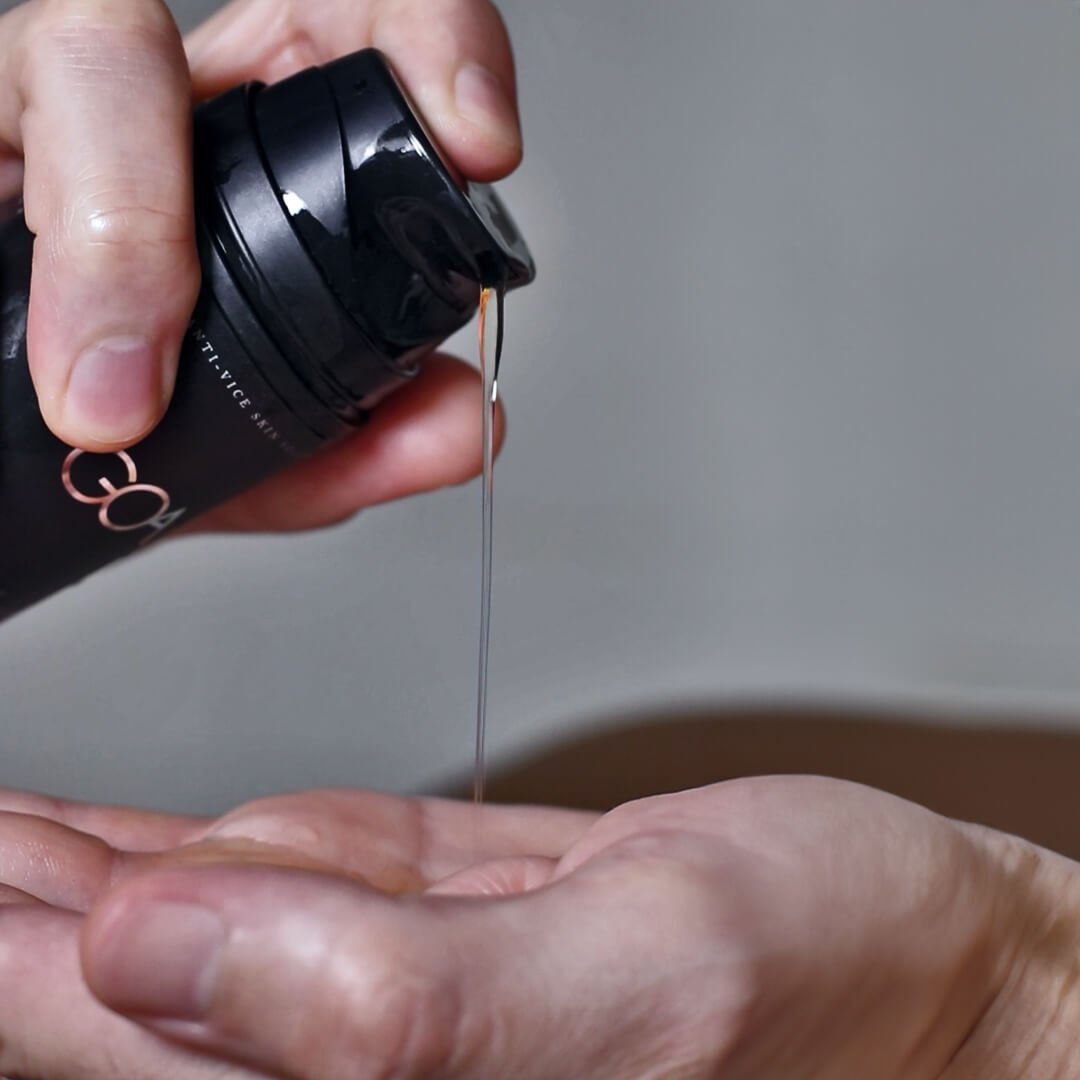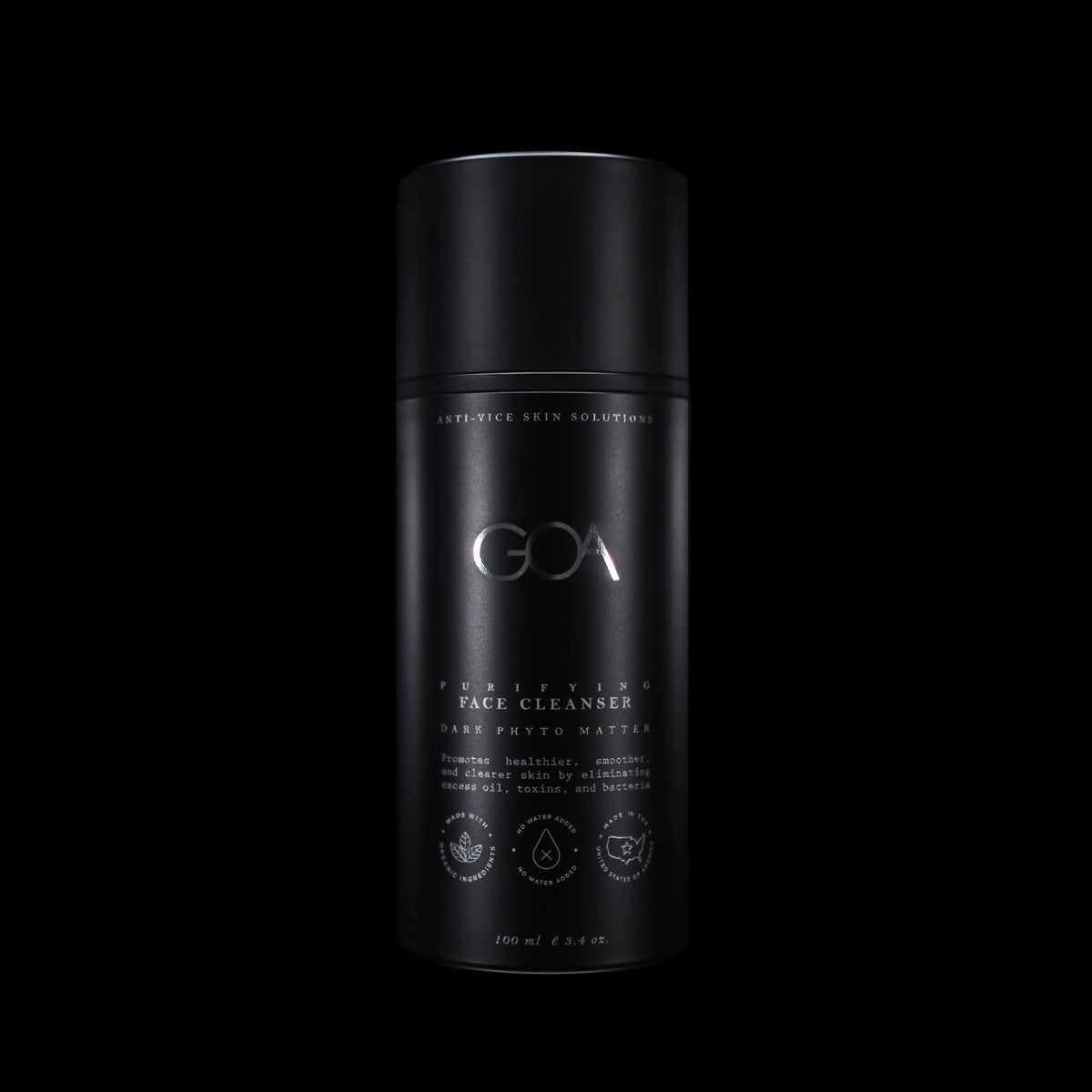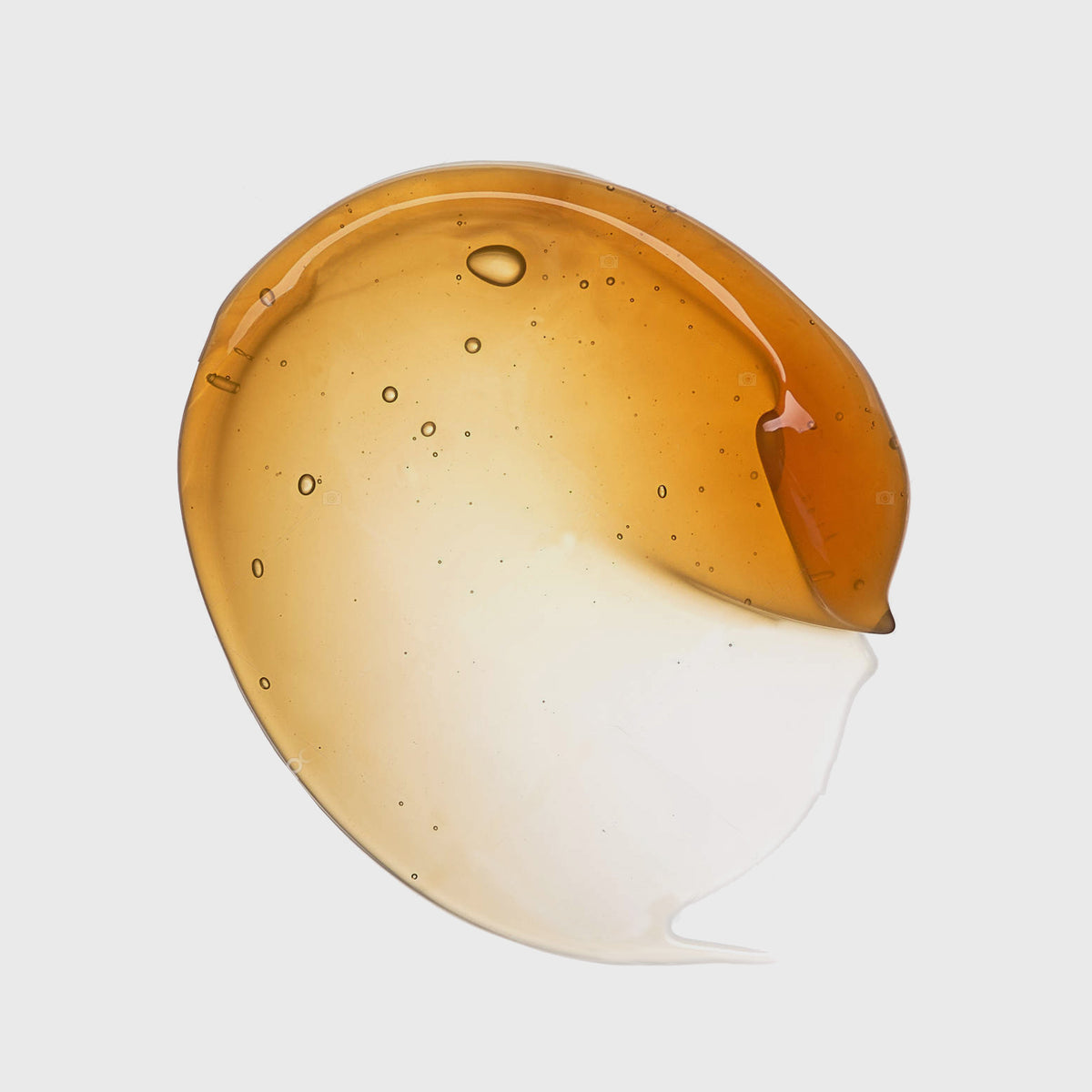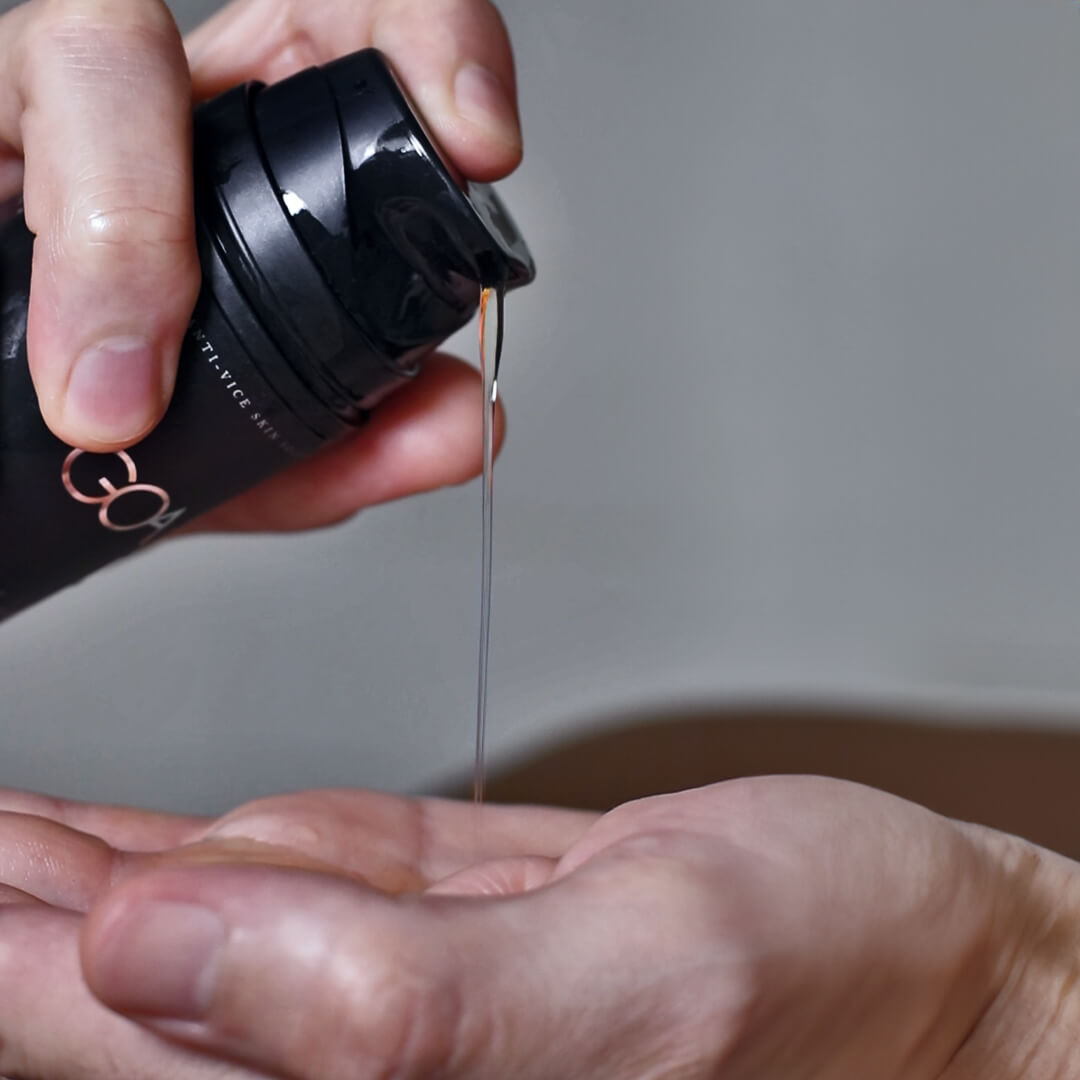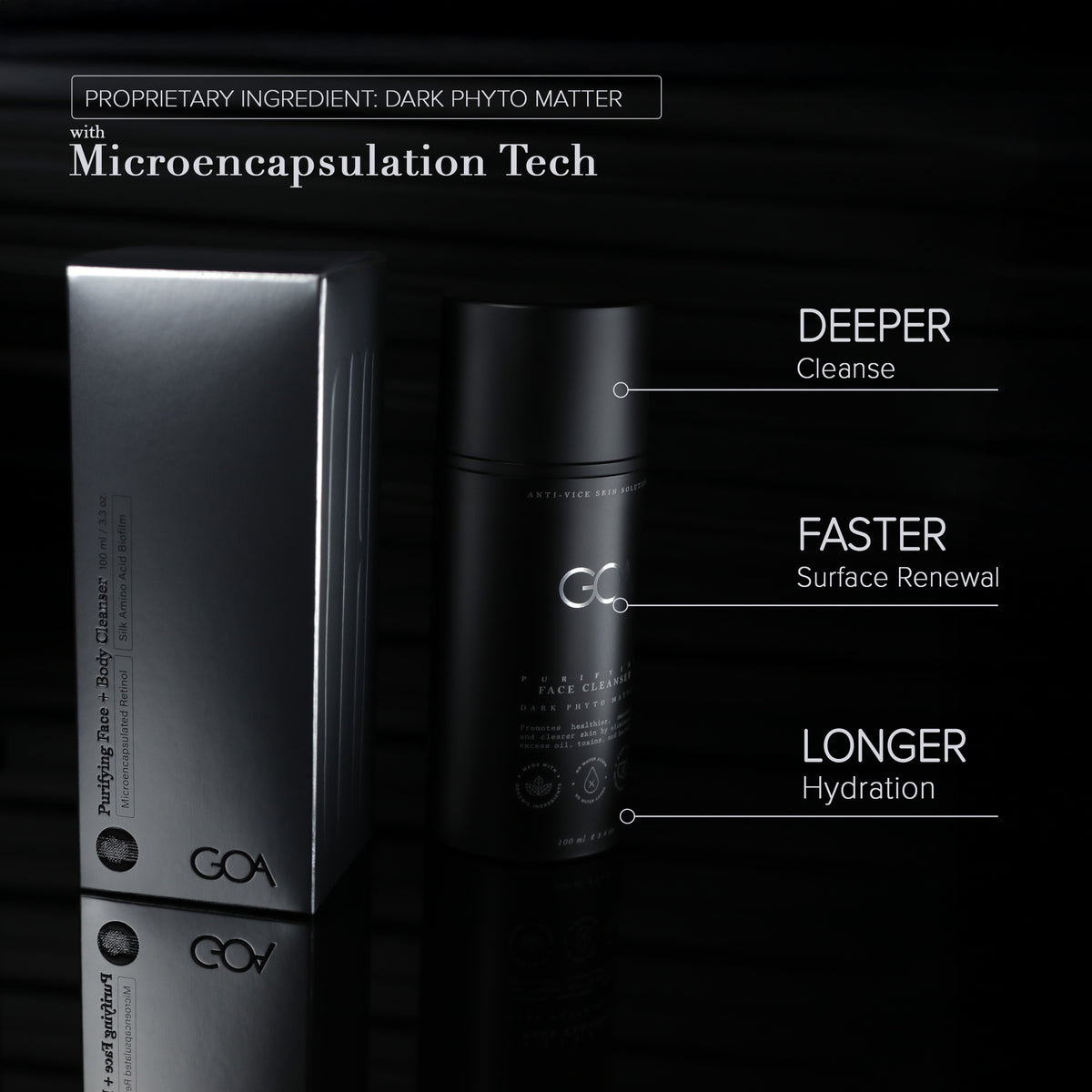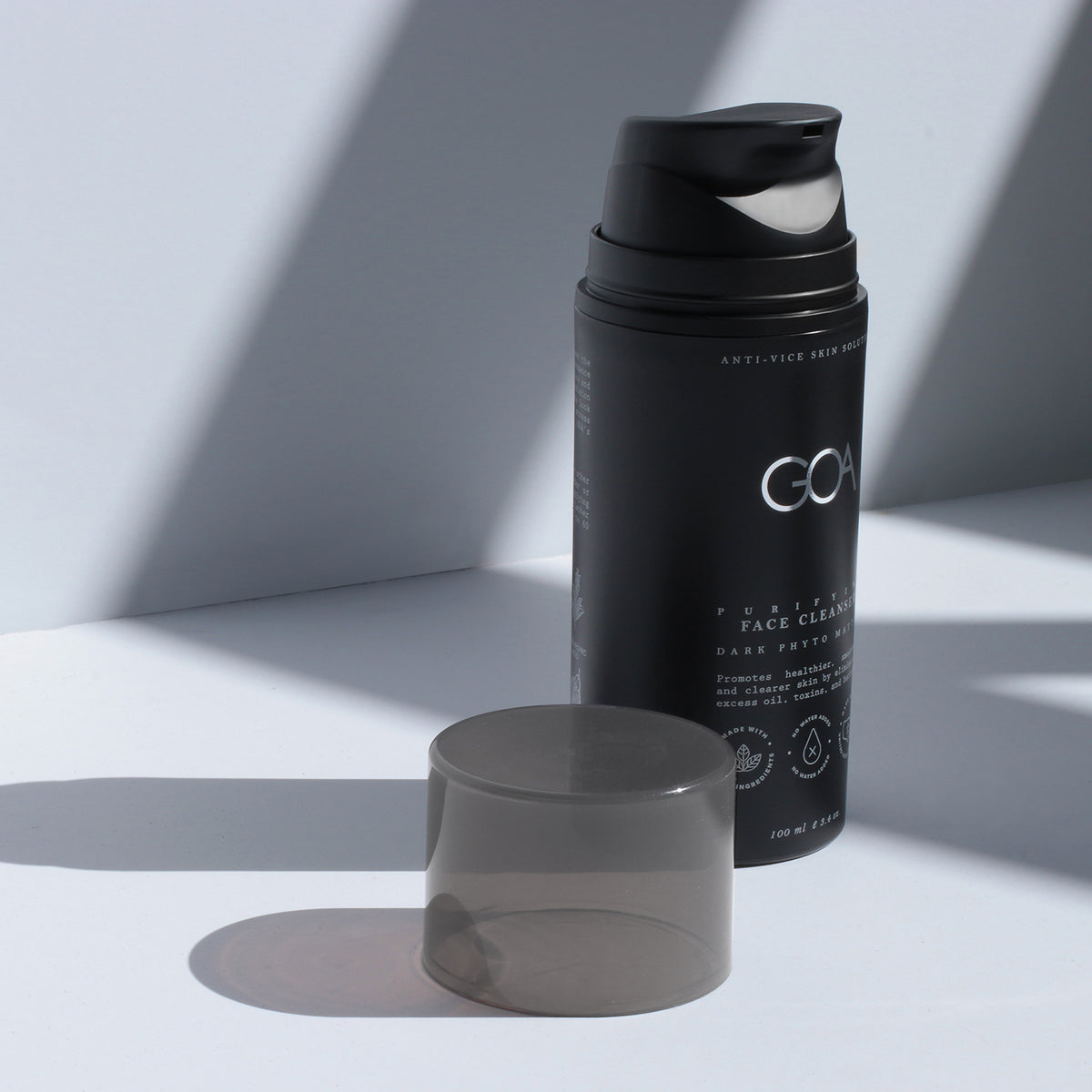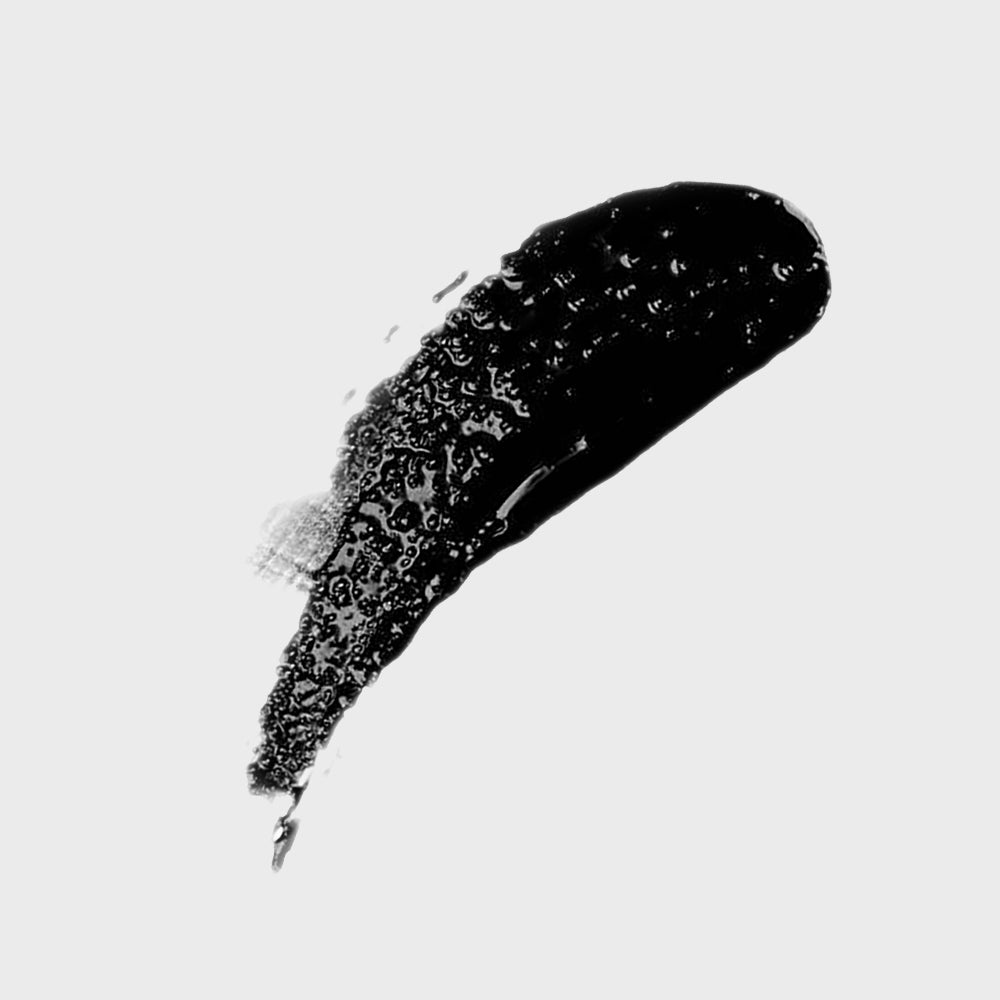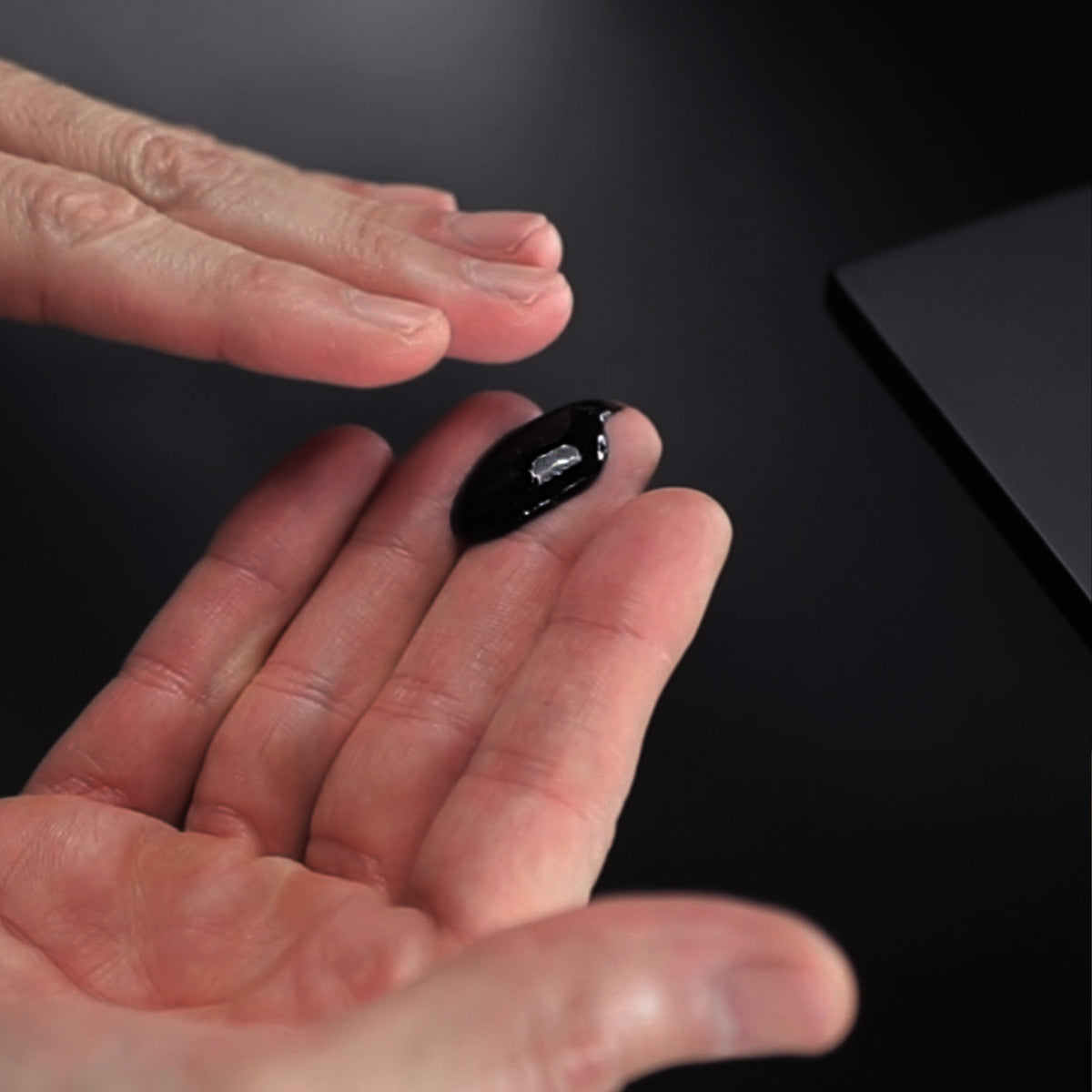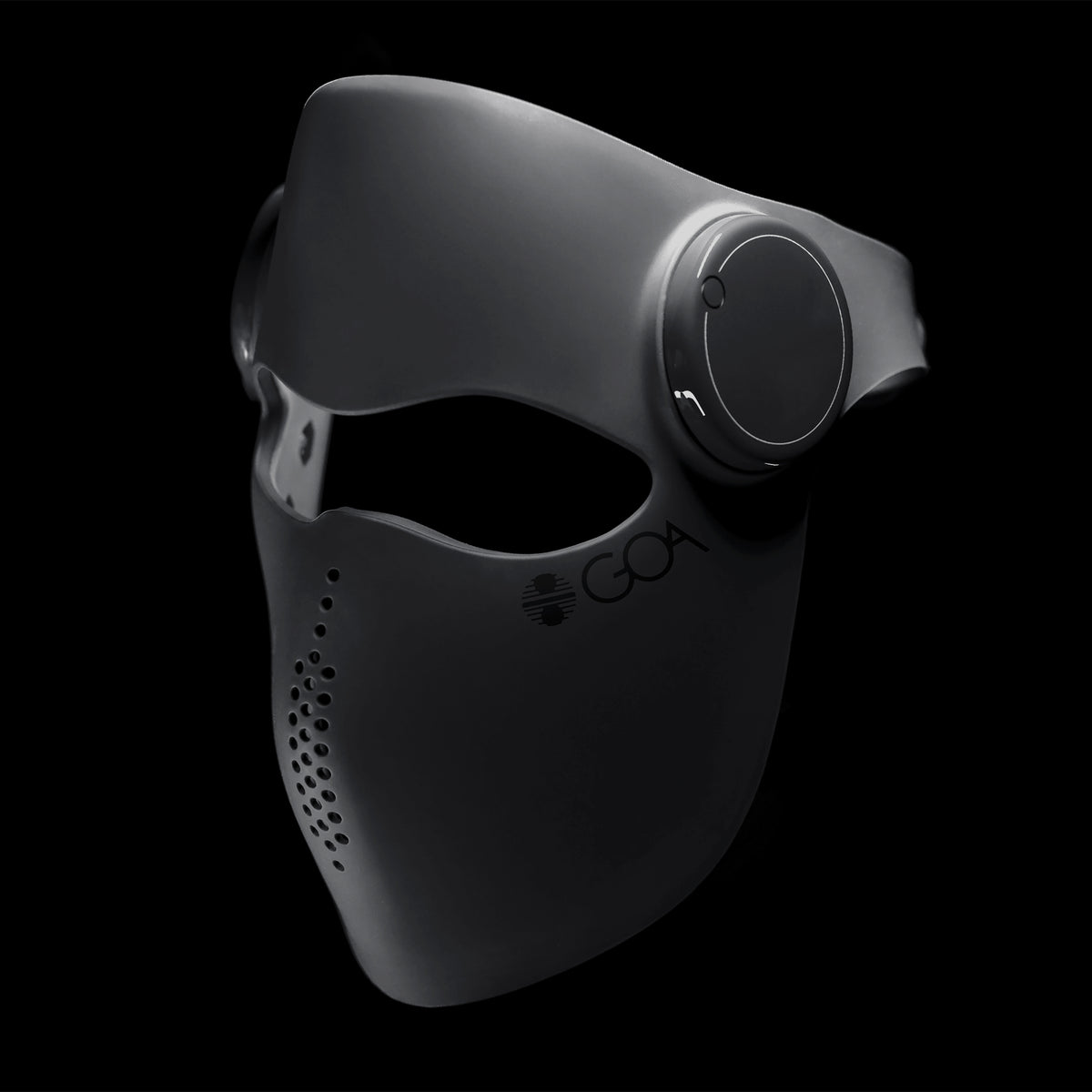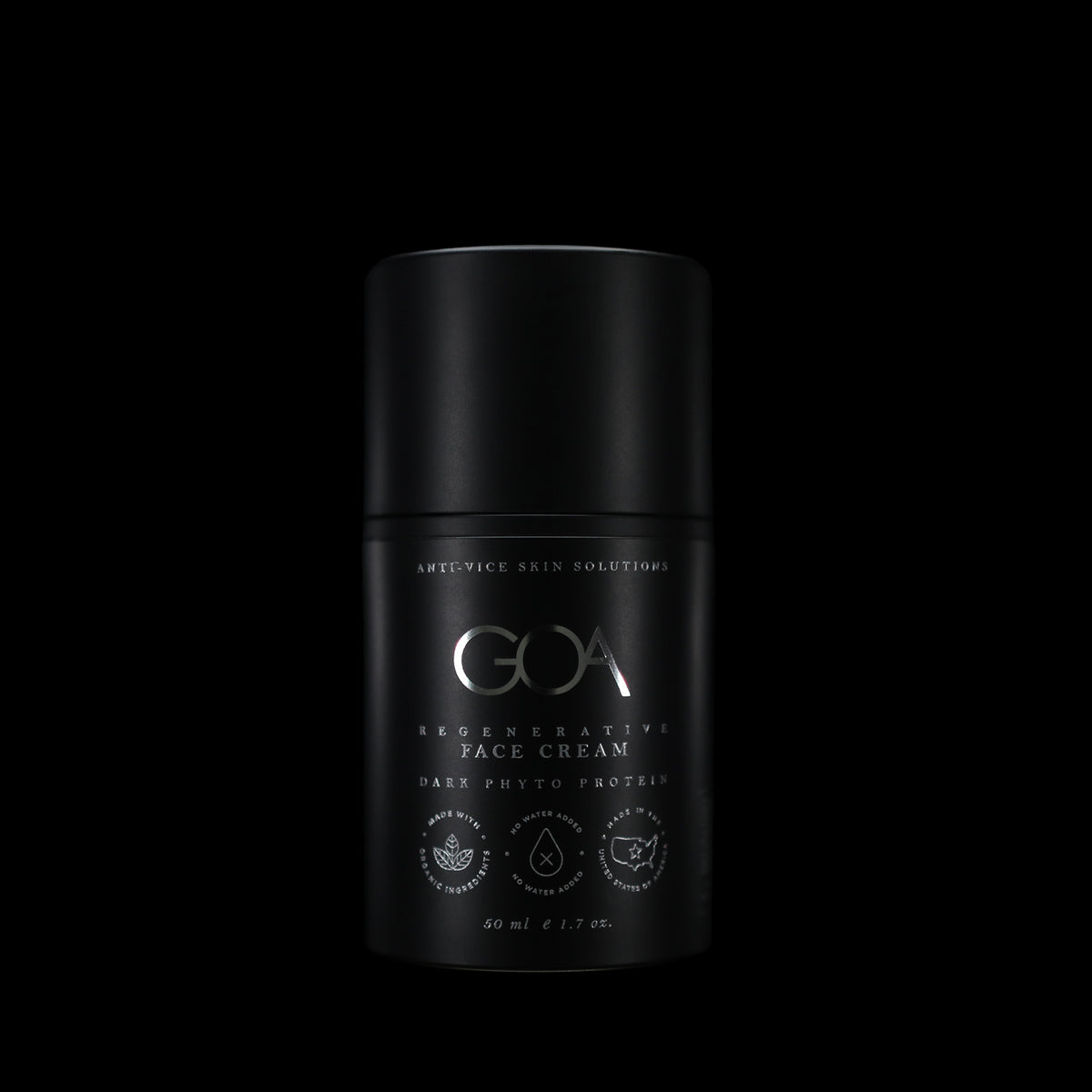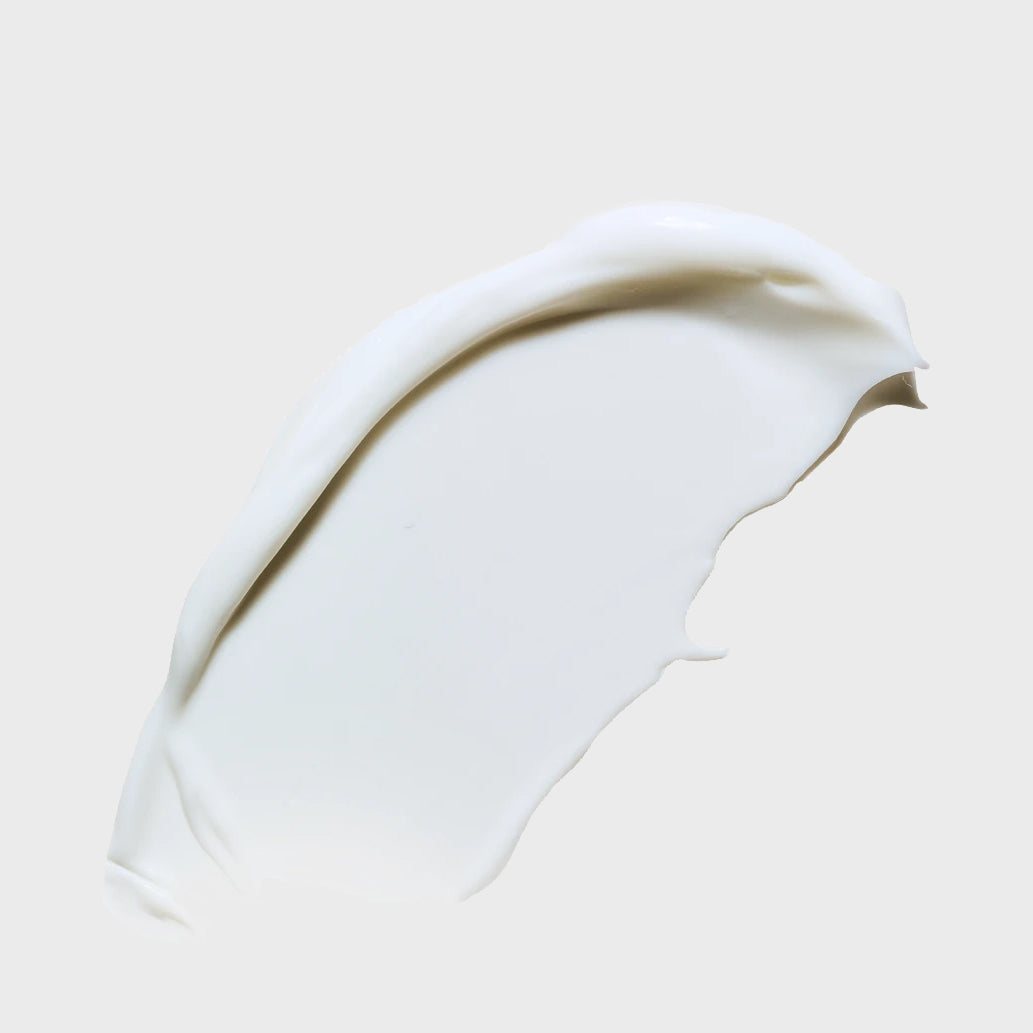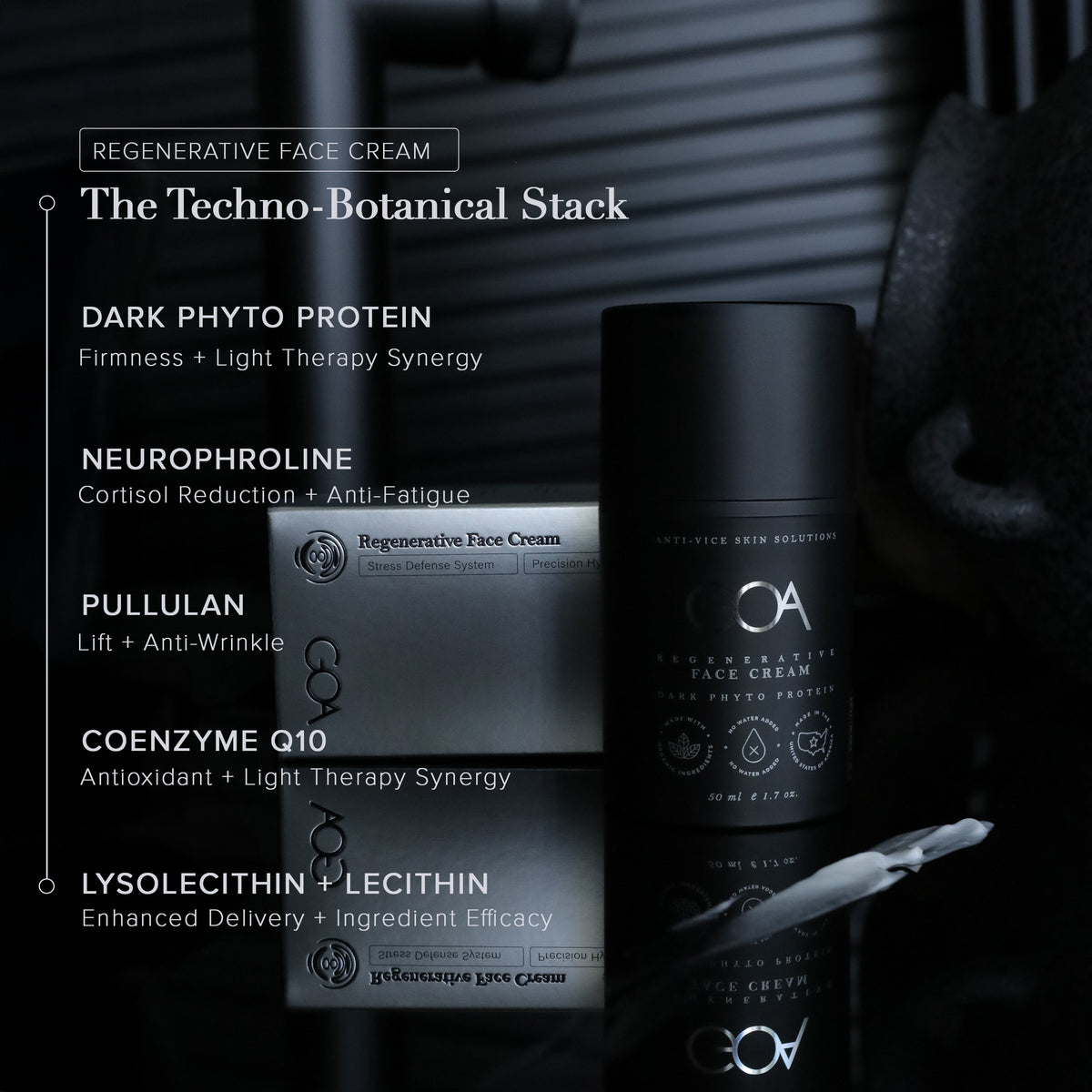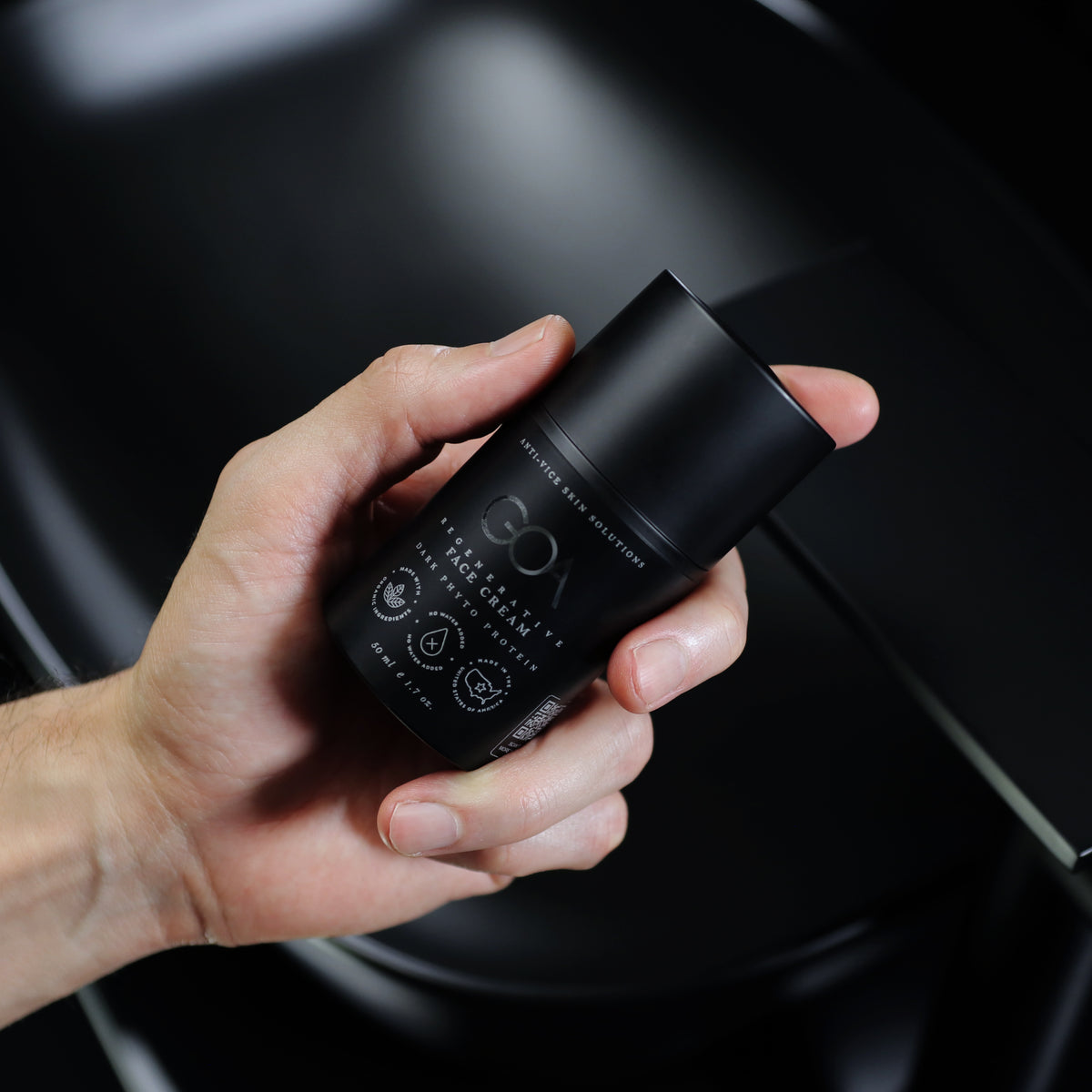Exfoliating your skin is an important part of any skincare routine, as it helps to remove dead skin cells and promote cell turnover. This results in brighter, smoother, and healthier skin – if done right. So, how often should you exfoliate? The answer to this question depends on various factors such as your skin type, skin concerns, and the type of exfoliant you are using. In this article, we will explore the recommended frequency of exfoliating for different skin types and provide tips on how to determine the best exfoliation schedule for you.
Balanced Or Combination Skin
If you have balanced skin (not oily or dry) or combination skin (some parts oily and some dry), it is recommended to exfoliate 1-2 times per week. Exfoliating too often can strip the skin of its natural oils and disrupt the skin's protective barrier, leading to dryness, sensitivity, and increased risk of irritation. On the other hand, not exfoliating often enough can result in a buildup of dead skin cells, leading to dull, rough, and congested skin – always good to check your skin and see if 1 or 2 times a week fits your needs.
Oily Skin
If you have oily skin, you can exfoliate 2-3 times per week. Oily skin tends to have an overproduction of oil, which can contribute to clogged pores and breakouts. Regular exfoliation can help to remove excess oil and prevent pimples from forming.
Dry Skin
If you have dry skin, it is recommended to exfoliate once a week or less. Dry skin is more prone to sensitivity and irritation, and exfoliating too often can further dehydrate the skin. A gentle exfoliant, such as a physical exfoliant or a mild chemical exfoliant, can be used to help remove dead skin cells and promote a healthy skin barrier.
Sensitive Skin
If you have sensitive skin, it is recommended to exfoliate once a week or less.
Sensitive skin can easily become irritated and inflamed, and frequent exfoliation can further exacerbate this issue. A gentle, physical exfoliant, such as a cleansing brush or a soft cloth, can be used to help remove dead skin cells without irritating them. It’s always good to create a patch test before trying out your scrub.
Factors to Consider
In addition to your skin type, there are other factors that can impact the frequency of exfoliation, such as skin concerns, the type of exfoliant you are using, and the time of year. Skin concerns: If you have specific skin concerns, such as acne or hyperpigmentation, you may need to adjust your exfoliation schedule.
Type of exfoliant: Different types of exfoliants have different levels of intensity, and this can impact the frequency of use. For example, physical exfoliants, such as scrubs with beads, are typically less intense and can be used more frequently. Chemical exfoliants, such as those with glycolic acid on the other hand, are more intense and should be used less frequently. If you have a hybrid exfoliant, and the levels are balanced, you get the best of both worlds.
Time of year: Your skin may require more or less exfoliation depending on the time of year. During the summer months, when the skin is exposed to more sun and heat, you may need to exfoliate more frequently to help remove dead skin cells and prevent damage. In the winter months, when the skin is more prone to dryness and sensitivity, you may need to reduce the frequency of exfoliation to avoid further drying out the skin.
How to Determine the Best Exfoliation Schedule for You?
The best way to determine the best exfoliation schedule for you is to start with a once-a-week exfoliation and see how your skin responds. If your skin is able to tolerate the exfoliation well and you are happy with the results, you can gradually increase the frequency to twice a week. If you notice any signs of irritation, such as redness, dryness, or sensitivity, reduce the frequency of exfoliation or switch to a gentler exfoliant. It is also important to listen to your skin and adjust your exfoliation schedule accordingly. If your skin is feeling dry or sensitive, you may need to reduce the frequency of exfoliation, and if your skin is feeling congested or dull, you may need to increase the frequency.
Conclusion
Exfoliating your skin is an important part of any skincare routine, as it helps to remove dead skin cells and promote cell turnover. The recommended frequency of exfoliation depends on various factors such as your skin type, skin concerns, and the type of exfoliant you are using. If you have normal skin, it is recommended to exfoliate 1-2 times per week, if you have oily skin, you can exfoliate 2-3 times per week, if you have dry skin, it is recommended to exfoliate once a week or less, and if you have sensitive skin, it is recommended to exfoliate once a week or less. The best way to determine the best exfoliation schedule for you is to start with a once-a-week exfoliation and adjust the frequency based on your skin's response. And If searching for a hybrid scrub get your exfoliating routine started, find out more about the Recovery Face Scrub below.



















